~ An inquiry and Catherine’s response:
Hello Catherine:
I stumbled onto your site quite serendipitously a few months back and have subsequently read almost everything posted here, including your essays. While I really value your insights, sentiments and efforts to enfranchise individuals and communities, I am having trouble reconciling how investing in precious metals squares with this.
I am a former exploration geologist, with expertise in mineral exploration and development (gold, especially), and one of the main reasons I abandoned this vocation was my observation that, by far, most mining developments were based on greed, not need, and were profoundly exploitative of the environment, individuals and communities. Today, with gold trading at higher prices, gold fever is pumping higher than ever, as you know, setting the stage for even more … exploitation and harm.
So, I am wondering how you reconcile this. While I really support much of your work and efforts, and I’m very attracted by your popsicle index, I’m considering purchasing some of your products, and I would consider trying to entice you to come to the [area] where I live, and where our communities are primed for initiatives like yours, I would really appreciate hearing from you about this issue before proceeding any further.
Thank you kindly,
——————————————-
~ Catherine responds:
Dear Retired Geologist
You ask an important question – one that I think about a lot and for which I do not pretend to have all the answers. Essentially what we are grappling with is the corruption and indifference in both the financial and mining industries and how to address it. I share your concern with the greed and harm done to communities and environment, including by the mining industry. However, the creation of a responsible mining industry – or any responsible natural resources practices – will require significant reform of the financial and investment system and decentralization of the leadership and control that it currently strengthens. In short, I see financial and monetary reform as the head and mining industry reform as the tail.
My interest in precious metals began in the late 1990’s as a result of several developments:
• I came into contact with a network of precious metals investors. They have emerged as – in my opinion – the single most effective effort to illuminate and protect the average investor and citizen from U.S. government corruption. By trying to understand and stop manipulation of the gold market, they put a spotlight on the financial mechanisms and market manipulations that are being use to manage the domestic and global economy politically. Their insight was driven by the potential for gold (and silver) to act as an honest pricing mechanism in our economy – whether globally or locally. In my opinion, there is nothing more important than pricing mechanisms that have integrity – that cannot be controlled or manipulated by those who have the power to coerce. They have gathered a global network of people whose character, expertise and experience are the kind we need if we are ever to build a sound financial system.
• I became convinced in the process of learning about the manipulation of the gold market that gold inventories were being transferred out of the central banks and sovereign governments at below market prices and were consolidating into private hands, most likely in anticipation of creating one world government and a global currency. This is a critical aspect of the financial coup d’etat that I have described in connection with approximately $4 trillion missing from the US government. Consequently, I believe that diversifying the ownership of the existing gold and silver inventory – particularly when it can be done now at below market prices – is an important step in preserving political and financial freedom. In short, the pro-decentralization team is well advised to buy up as much and as many critical resources as possible rather than continuing to finance the pro-centralization team doing so – precious metals included.
• I traveled approximately 250,000 miles by car and more by train and plane throughout all 50 states. One of the reasons for doing so was to try to understand what was really happening in the economy, particularly by place and region. I also had the opportunity to visit Asia and Europe. What I discovered was that gold and silver are understood and respected universally among ordinary people of all cultures and all ages as a measure of real value. This means that individuals, businesses and communities with widely divergent languages and practices can communicate and transact using precious metals and do so with far less risk of fraud.
• I learned about community currency and became concerned about the complexity of these systems and their ability to successfully endure the dirty tricks of organized crime and government corruption. The question, then, was what currency could a community use to transact with successfully that would be simple, safe and hold its value under worst-case scenarios? The consistent answer was precious metals.
• I developed a better understanding of non-transparent cash flows, the centralization of ownership and corporate control of resources and the resulting stripping of community and citizen resources and the coercive tactics and invisible weaponry that made this possible. As I worked with investors to help them withdraw their investment from large corporations and large banks, I found myself turning again and again to precious metals to find a way to protect their savings in both inflationary and deflationary scenarios. This, in part, reflects the continued rises in commodity prices. Growing global population, exhaustion of natural resources and continued suppression of energy and other technology which could better leverage existing resources (what one investor recently referred to as “peak everything”) are causing real prices to rise. At the same time, loose monetary policy and debt bubbles are raising nominal prices. How does a family protect themselves from rises in expenses? The ideal way is to invest for greater self-sufficiency. After that, investment in tangibles such as precious metals offers a reasonable hedge.
• I evolved my understanding of the key components of a healthy financial system which I summarize as (i) sound currency (ii) equity based financing, including for small business and communities, (iii) transparency of government and shared money and resources and privacy of individual money and resources and (iv) a culture of personal responsibility, including responsibility for where our money goes and what it does in our name. In the process, I came to believe that our current leadership and the financial system they promote — (i) unsound fiat currency, (ii) debt based financing (iii) absence of transparency and privacy and (iv) disassociation from responsibility for the impact of our financial activities – were responsible for most environmental damage on the planet. In short, sound financial systems permit healthy communication and wiser choices around the use and optimization of resources. Another way to say it is that the mining and natural resource extraction industries could never dream of committing the environmental and other harm that fiat currencies and their promoters have brought upon us. This is a longer conversation and an important one as many environmental causes and concerns are, in fact, promoted by those who successfully promote fiat currency. Suffice it to say, if you are using fiat currency, you are engaged in supporting the single most environmentally damaging form of currency in the world. Switching to silver and gold represents an improvement.
So these were some of the threads that came together in my support of precious metals for investors. My focus, however, was in investing in coins, digital gold and in bullion trusts. My framework was economic warfare – centralization vs. decentralization and helping the members of the decentralization team shift the balance of power.
Then I began to learn more about exploration and mining companies. My initial response was that the industry did not see yet see the importance and opportunity of building more ecologically sound practices with respect to both community and environment. Another response was (for reasons I have described above) that – like in all other industries – we would be better off ensuring a decentralized industry rather than permitting concentration. My first steps were to start to look for smaller companies that were involved in changing this.
In theory, the question before us is how do purchasers and investors incentivize sound mining practices? Your concerns are well founded. From what I see, “peak everything” has us moving further from doing so. At the same time, if I could offer a portfolio or fund of highly responsible precious metals exploration and mining operations and bullion from same, I believe the response from investors would be positive and I believe that such investment, if accompanied by active management of the proxy process, could influence practices over time.
For many years, ethical investment has avoided the real questions of total economic impact by investing in the banks and information technology companies that served the extraction industries or in government failing to properly regulate the extraction industries or going to war to enrich them – or other forms of investment derivative to the concrete world – and by simply analyzing the overt operations of a company, rather than looking at a more integrated basis. If we are going to make real headway, I think we have to get deeply into what total economic returns mean at a more detailed and concrete level and do so in a manner where both sides of the balance sheet – real things and people on the asset side and money and investor on the equity/liabilities side can achieve a clearer, more integrated balance both in one company and system wide and take real responsibility for the pricing aspects of their preferences and choices.
Anyway, these are some thoughts. If you are interested in discussing them, I would enjoy talking by phone and would very much welcome some help in developing the methodology for estimating the total economic return of a mining company.
Looking forward to continued conversation,
Catherine Austin Fitts



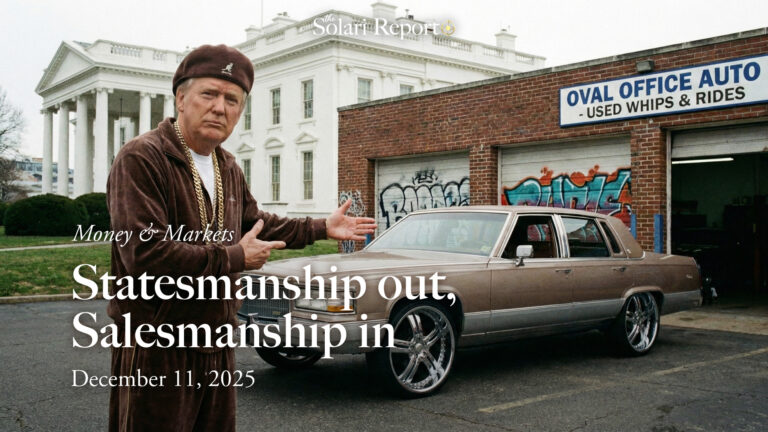
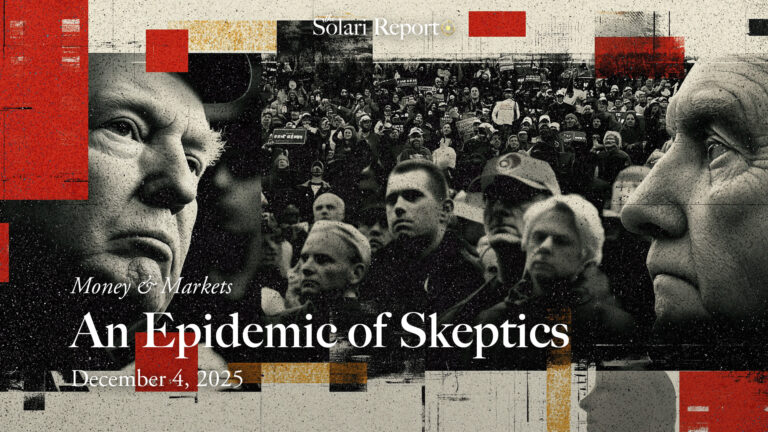

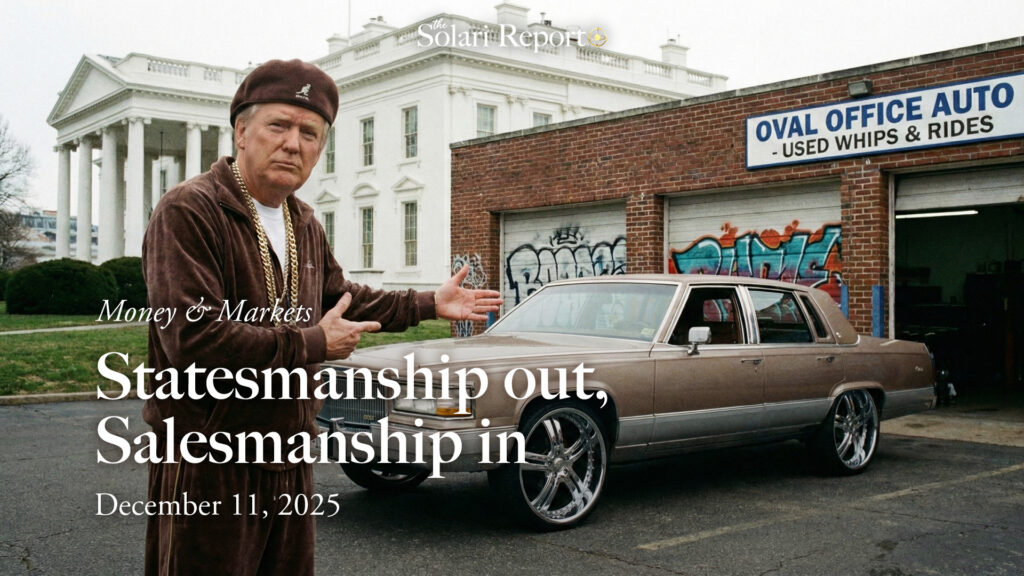
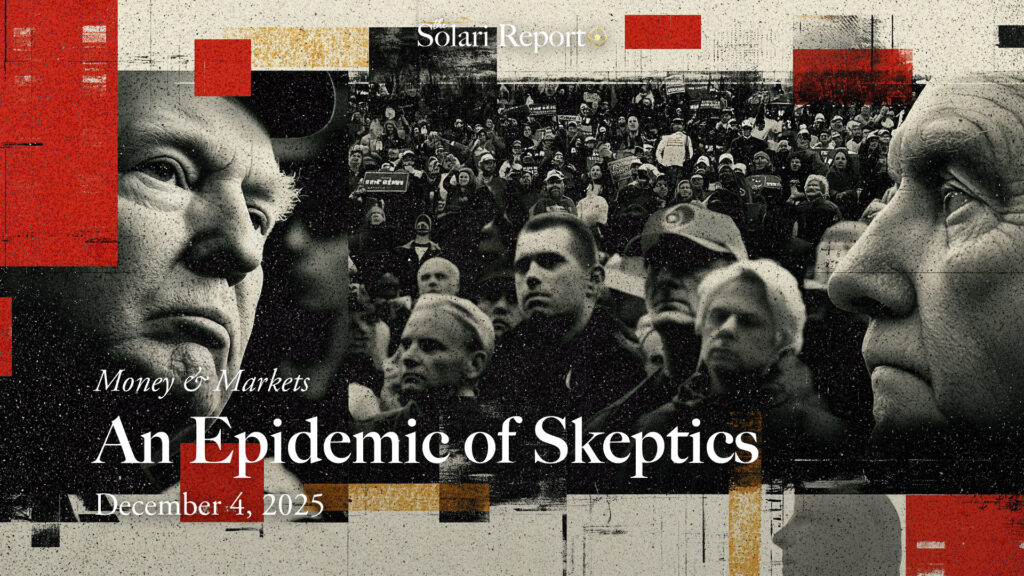
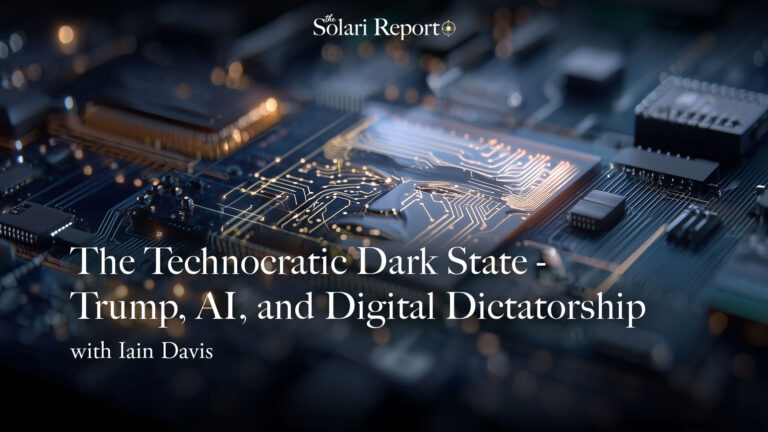


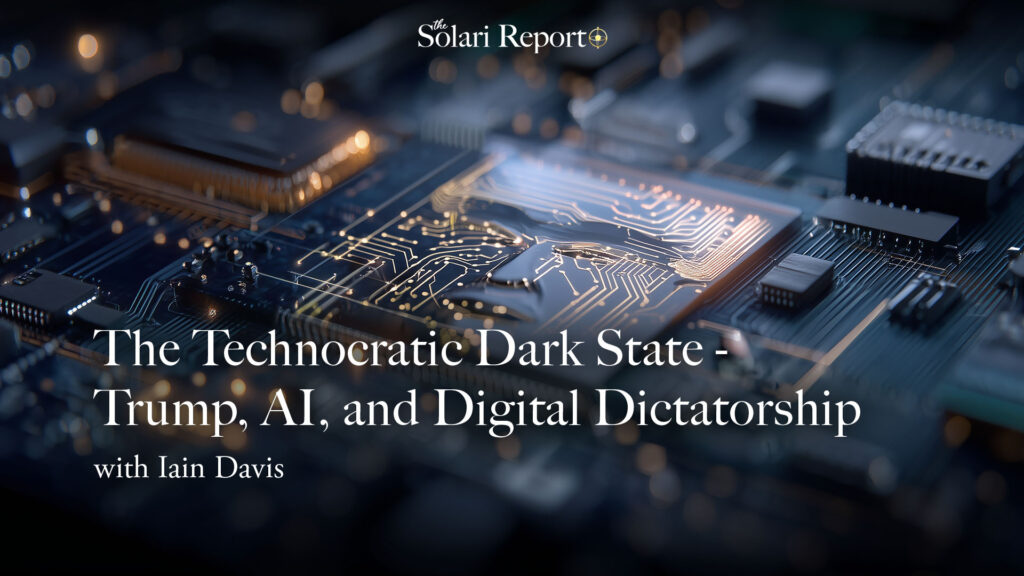



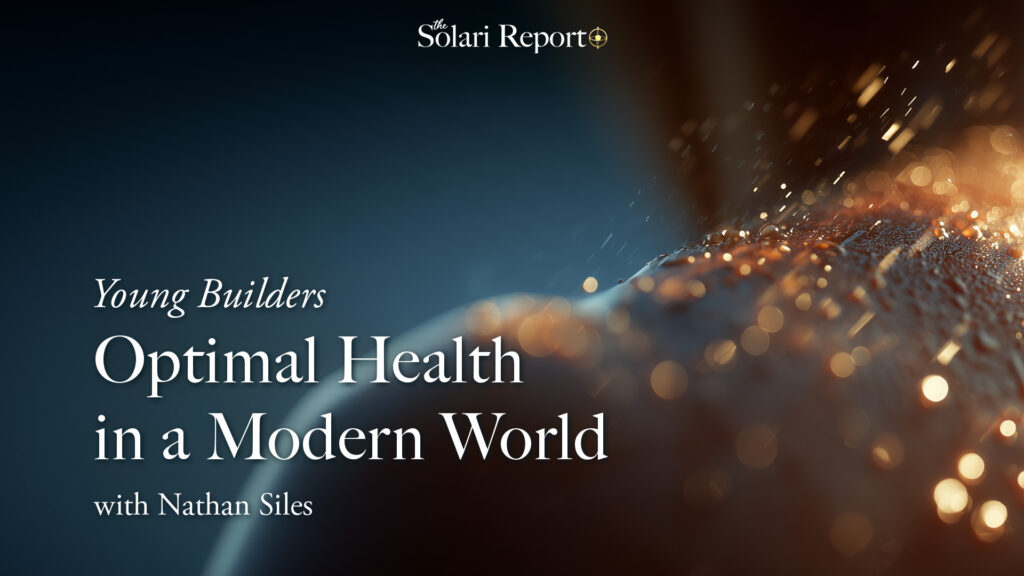
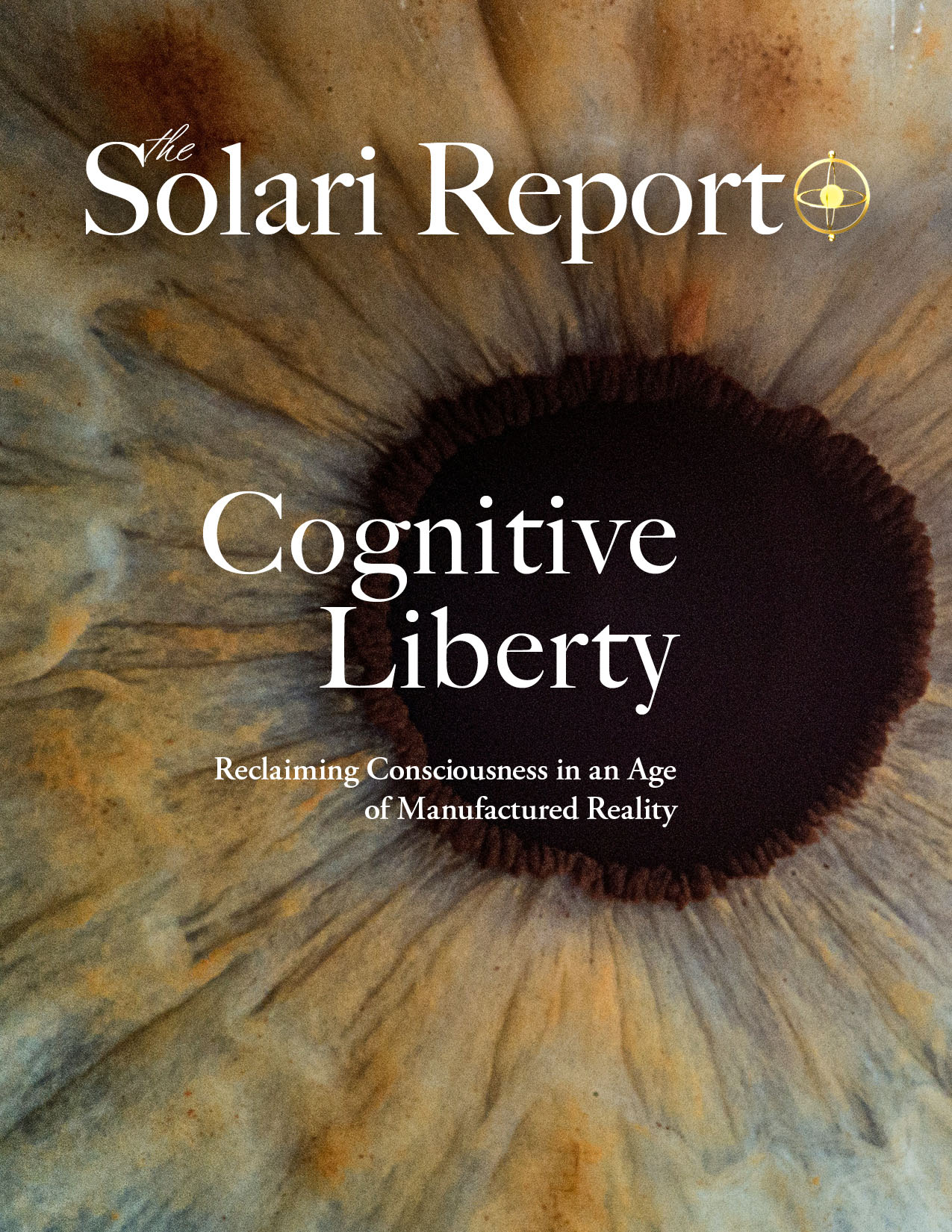
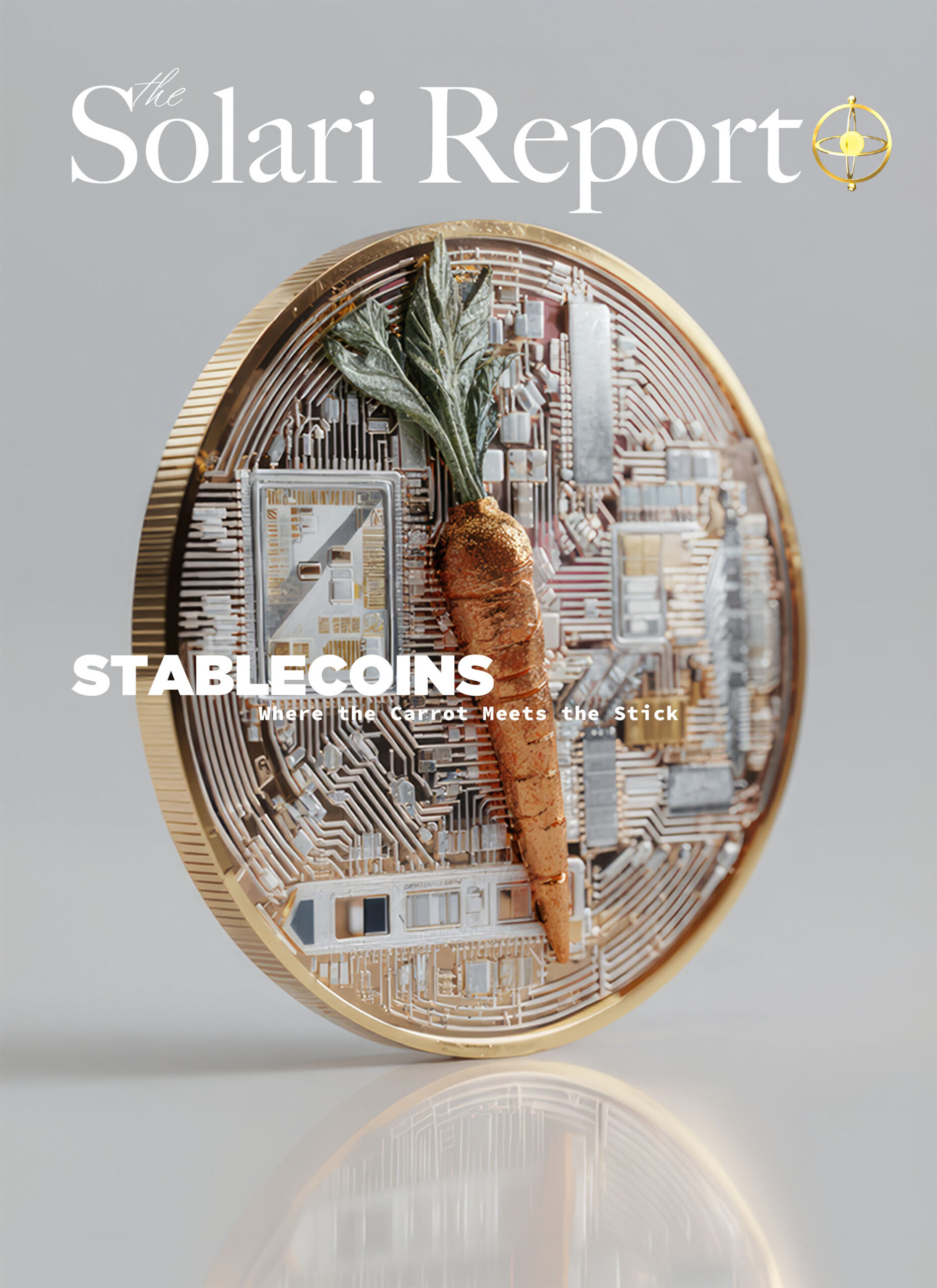

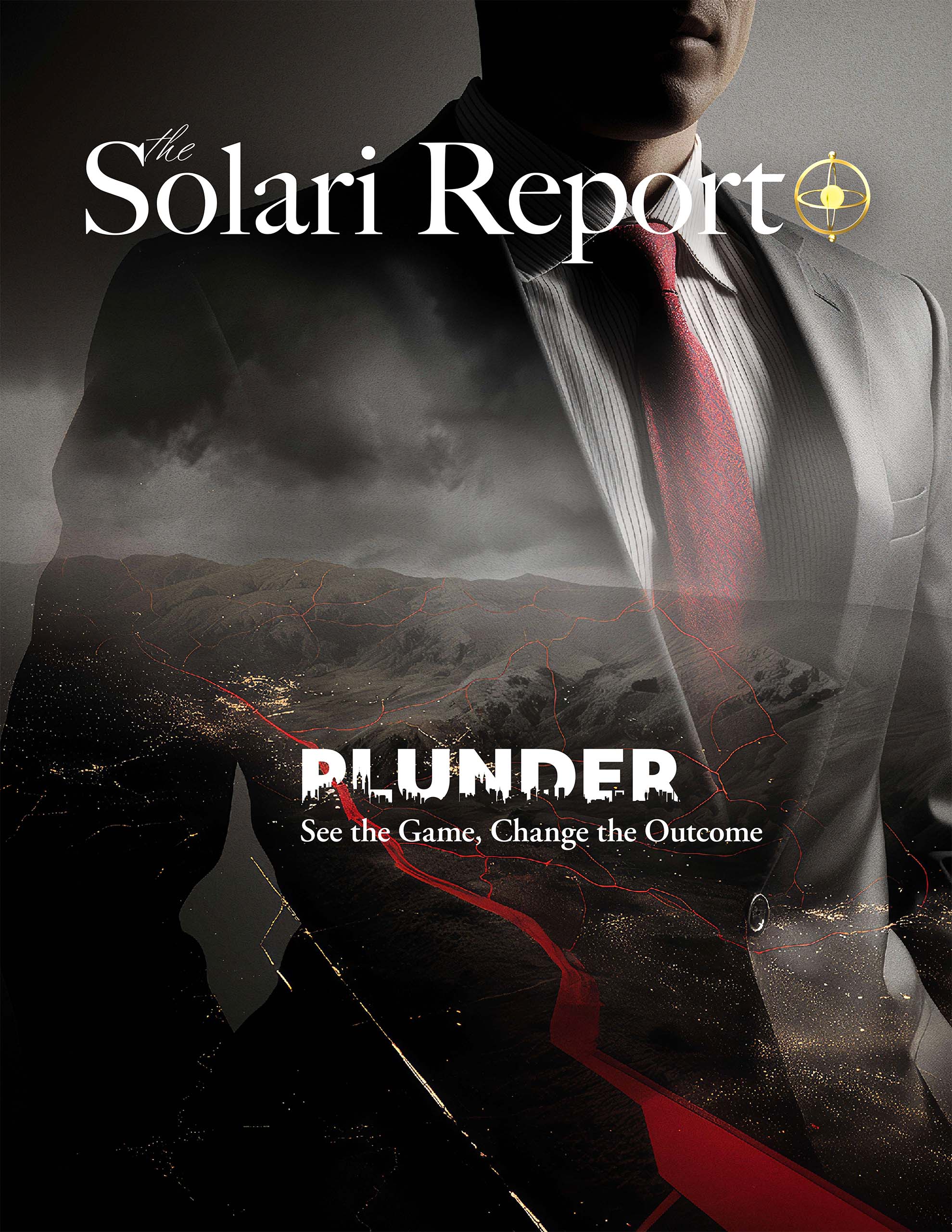
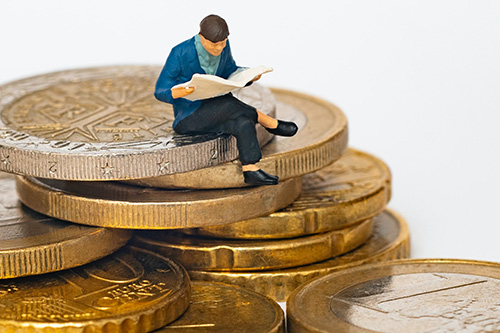







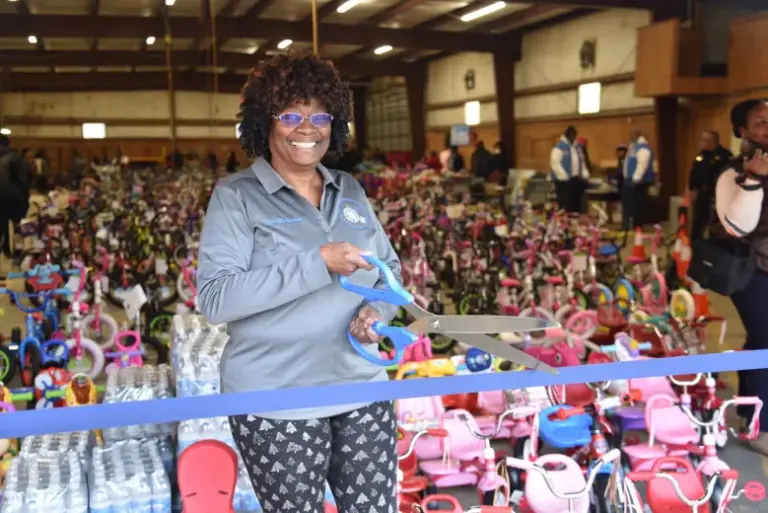
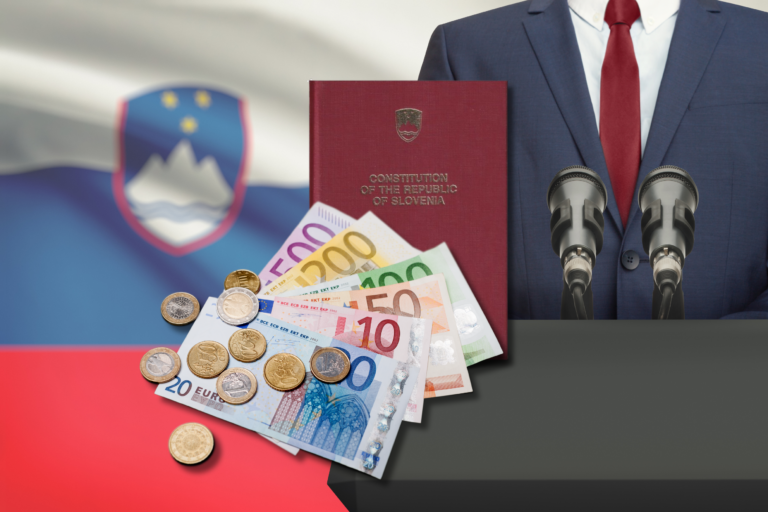

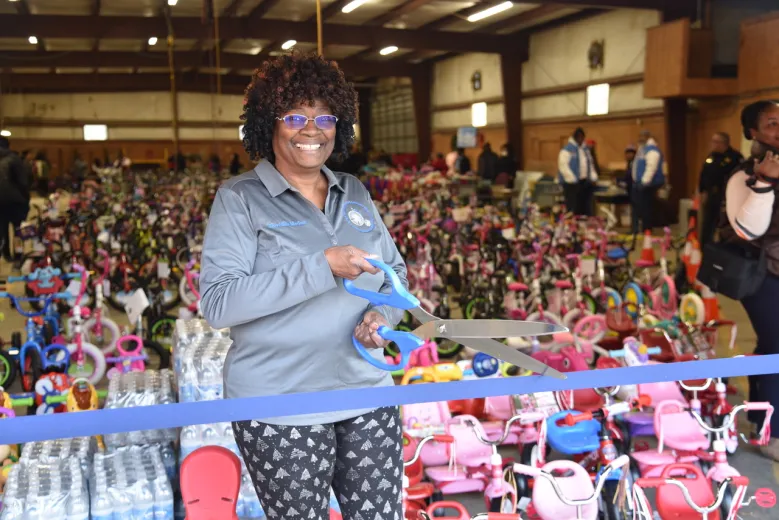
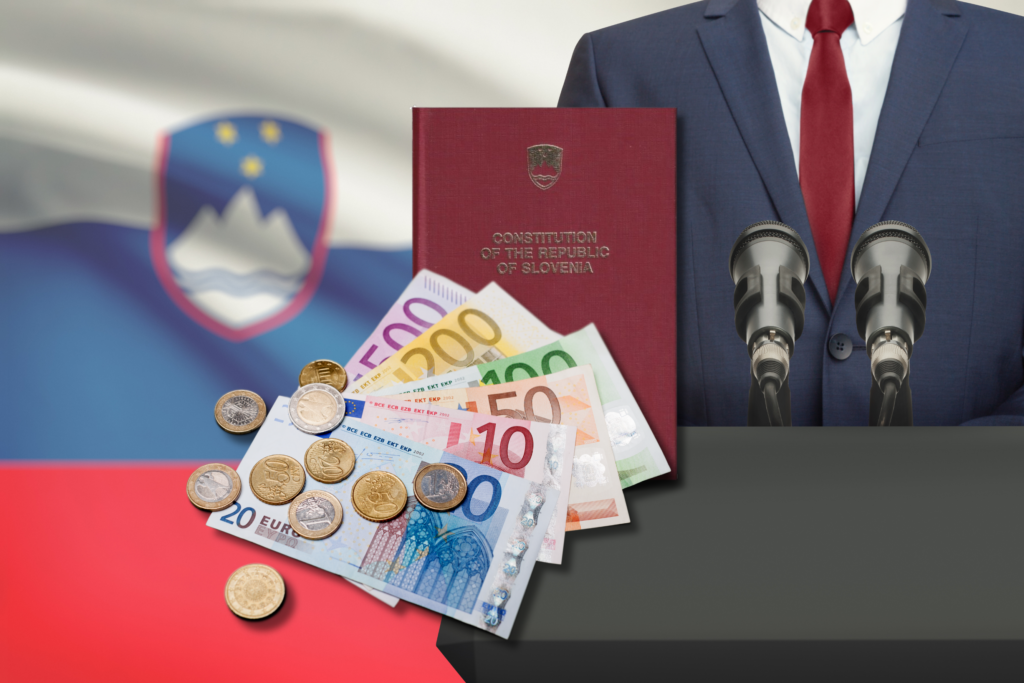


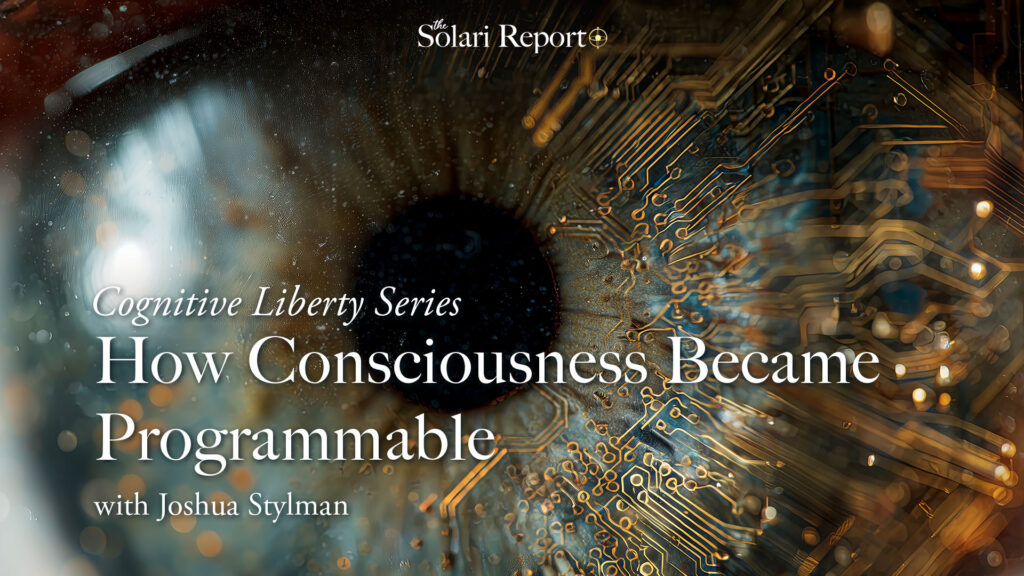
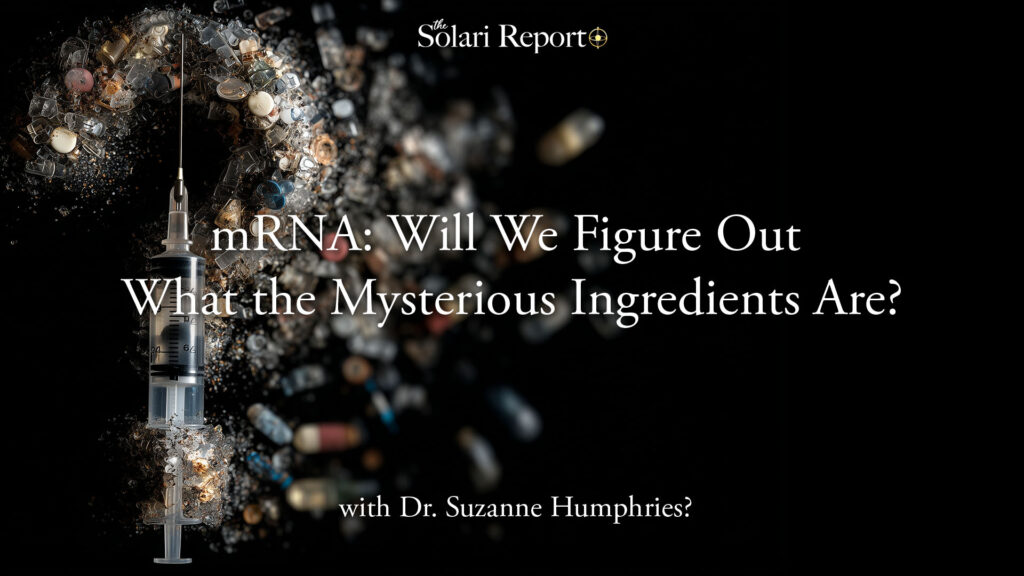
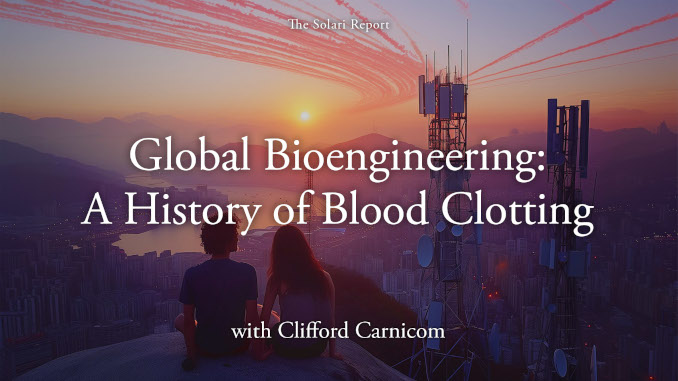

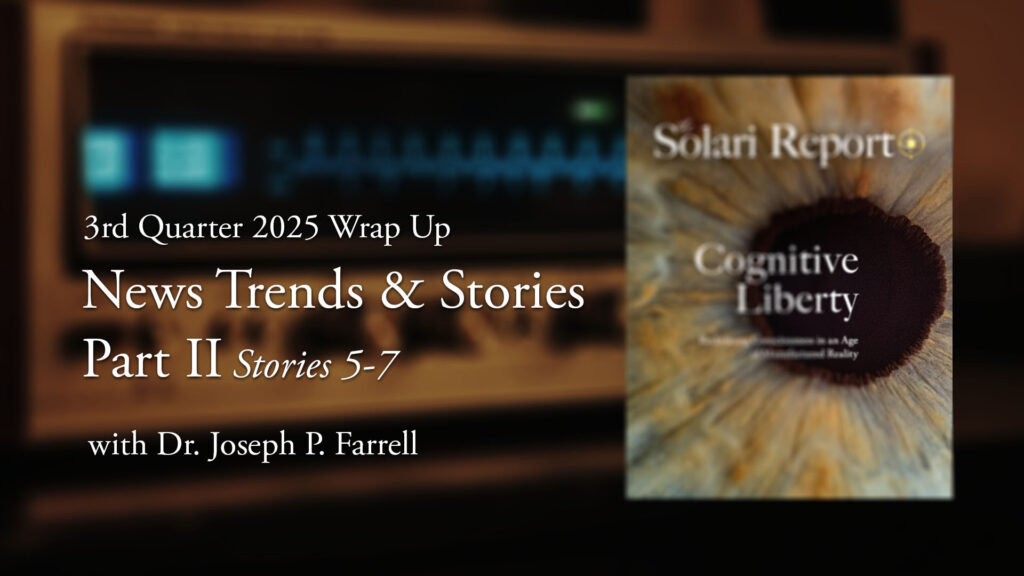
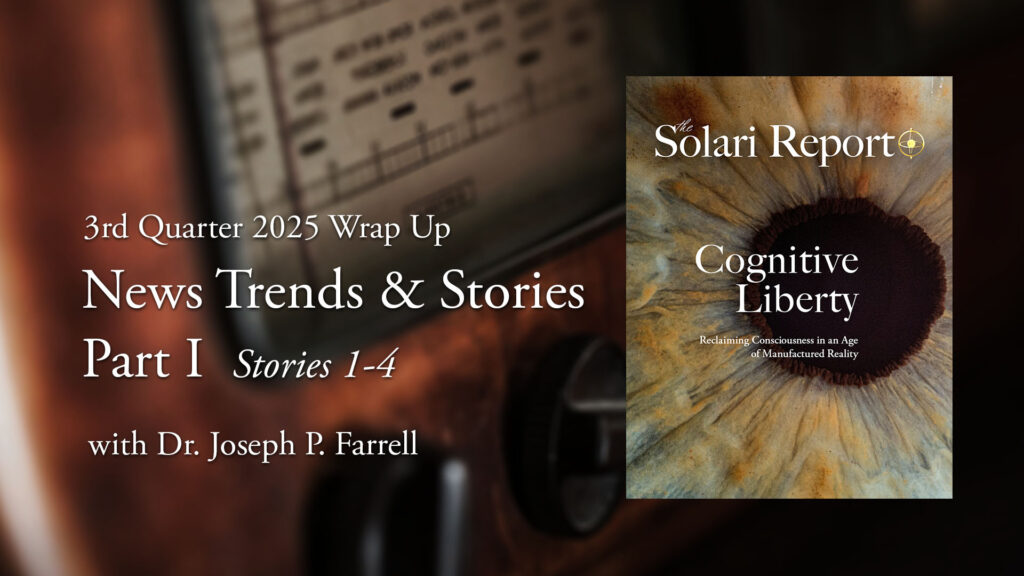
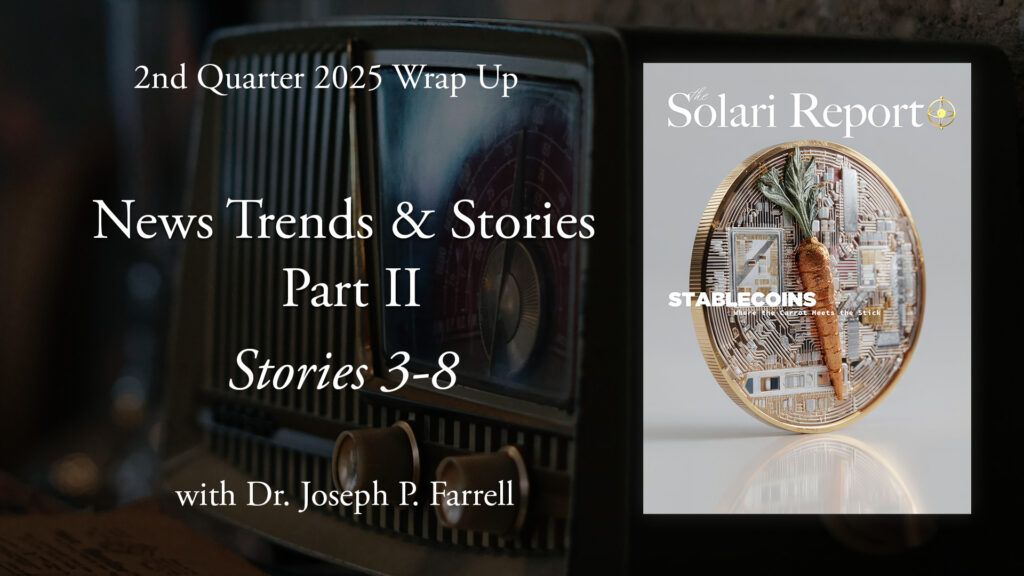
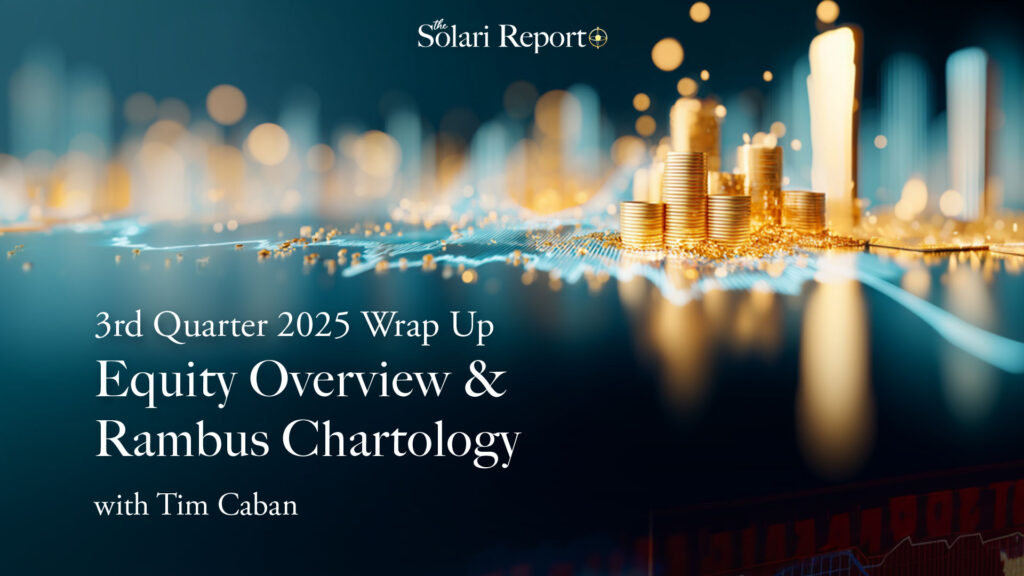
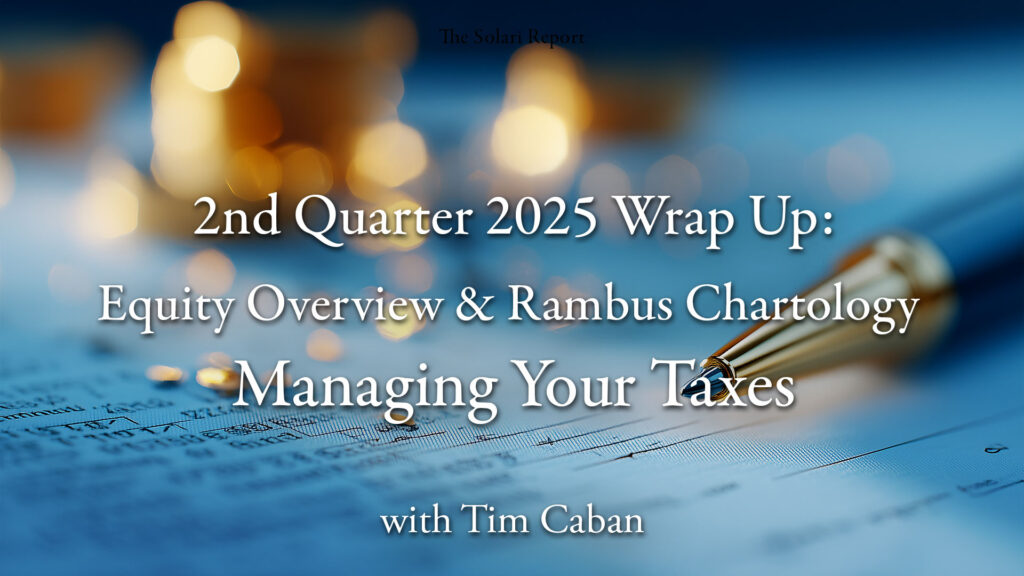
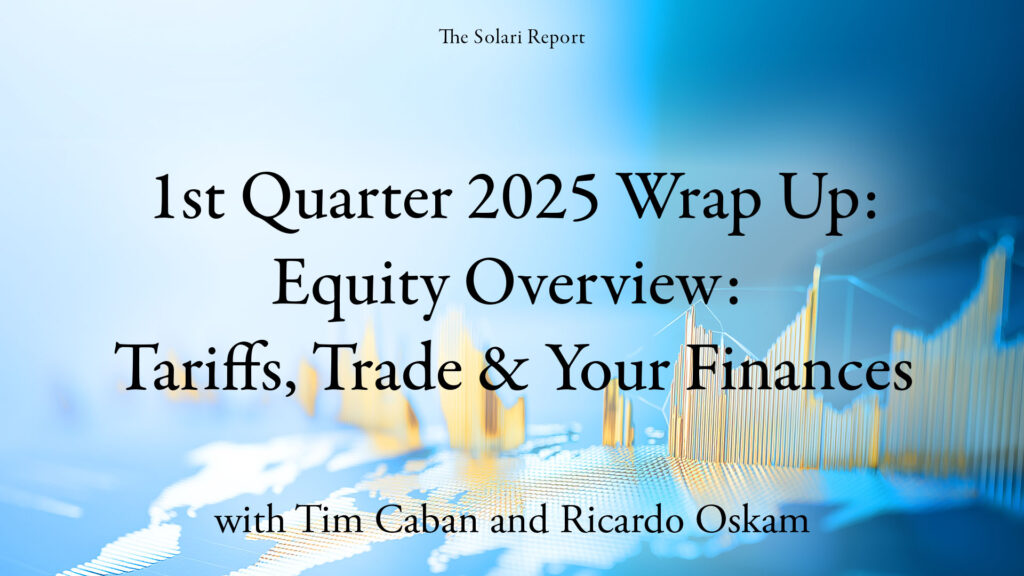
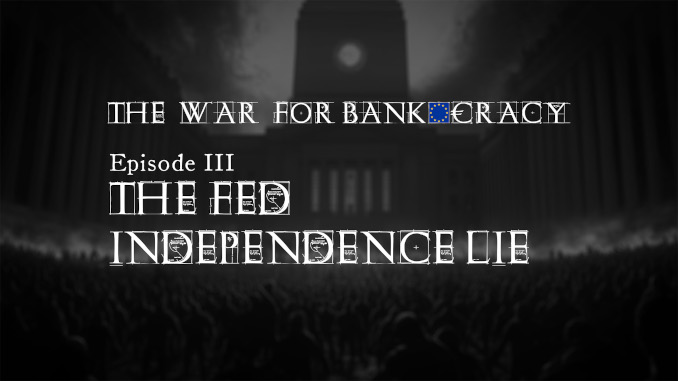
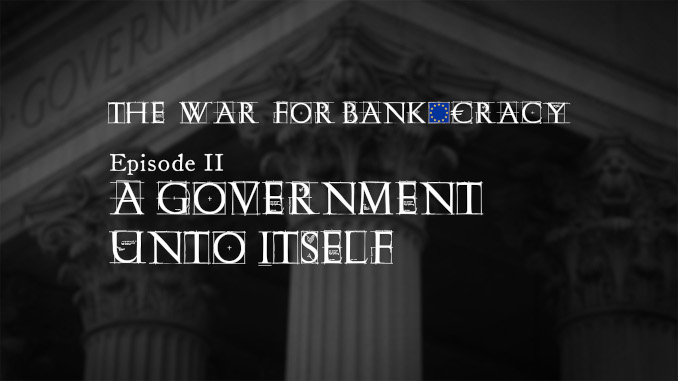
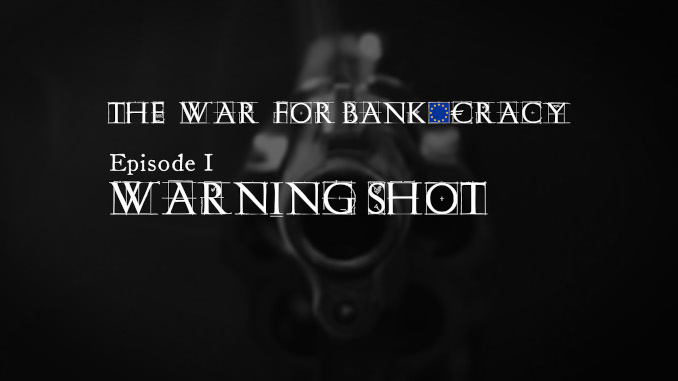
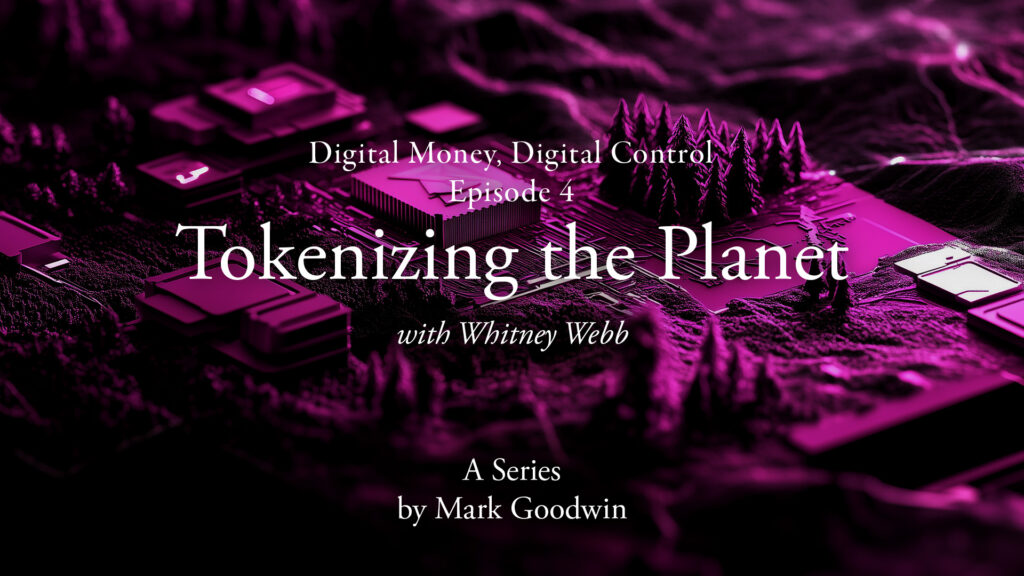
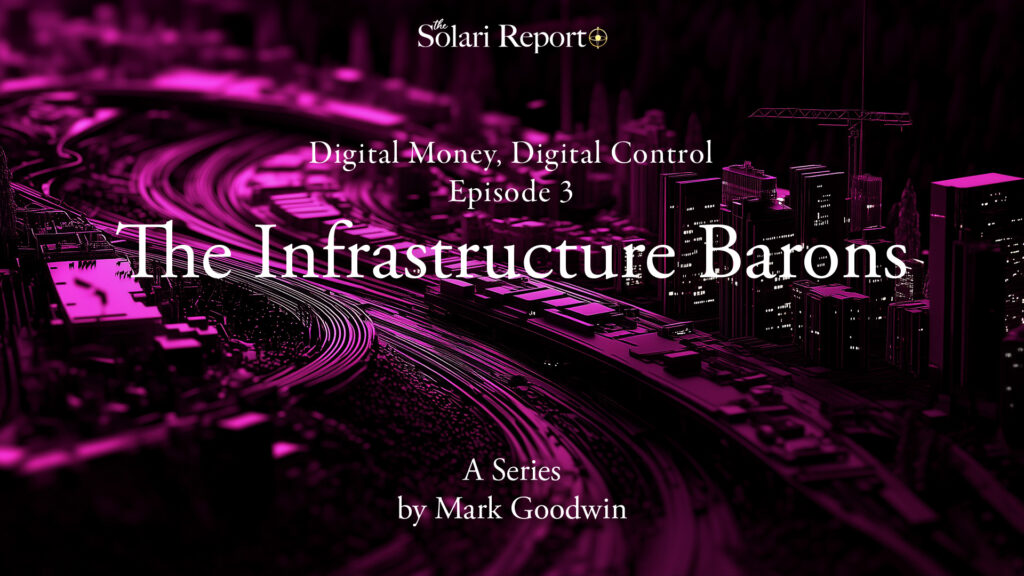
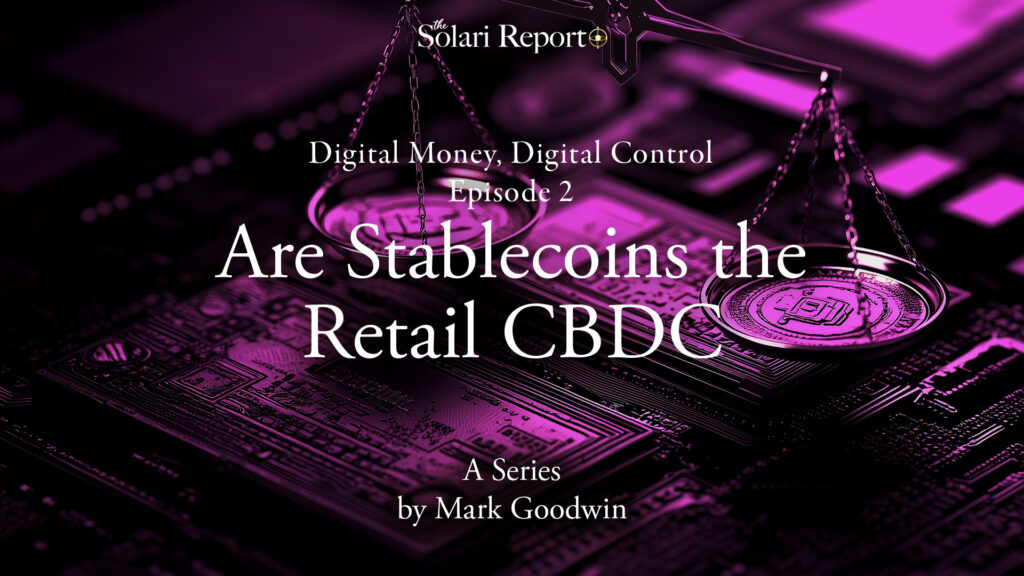
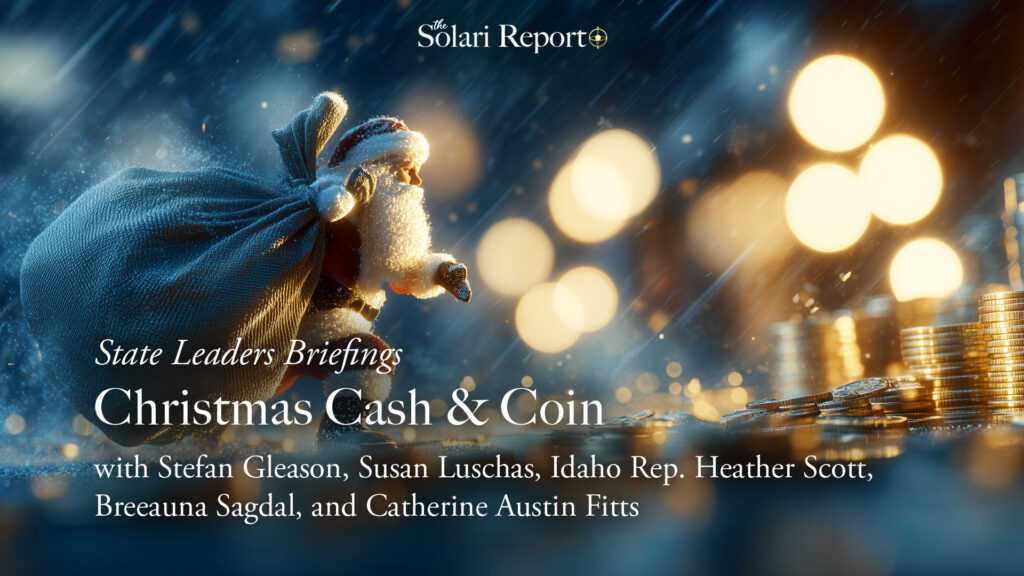
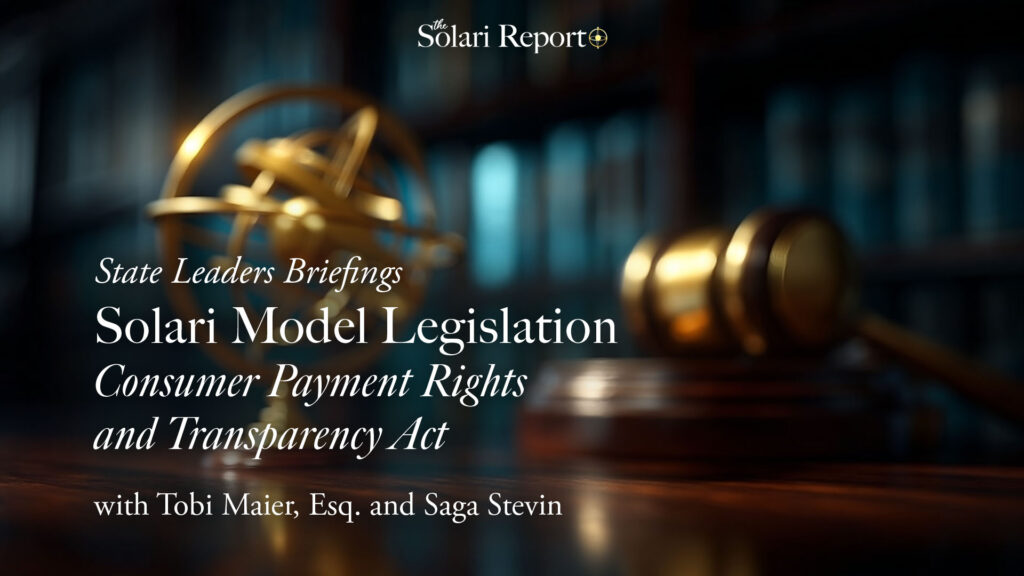
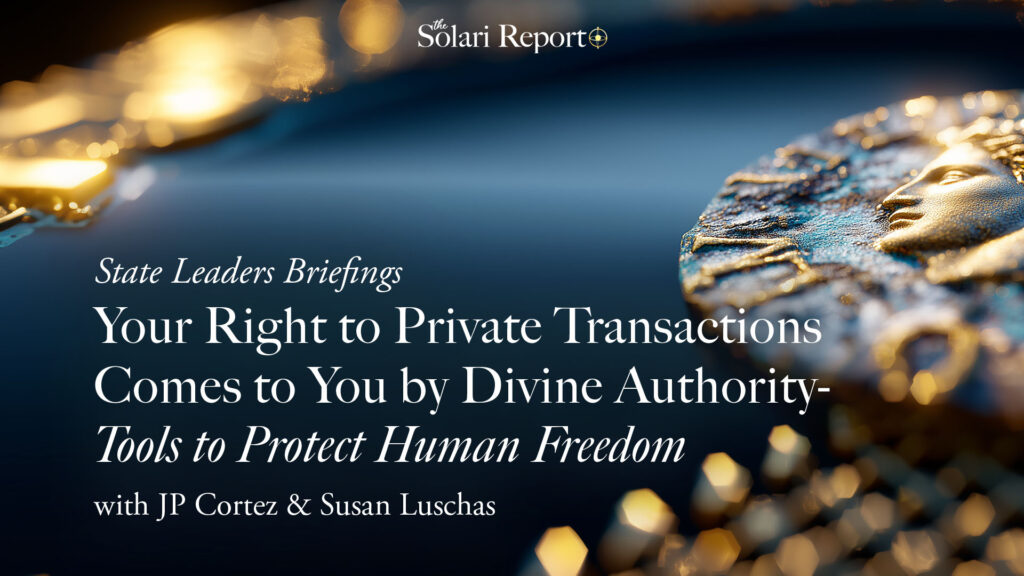
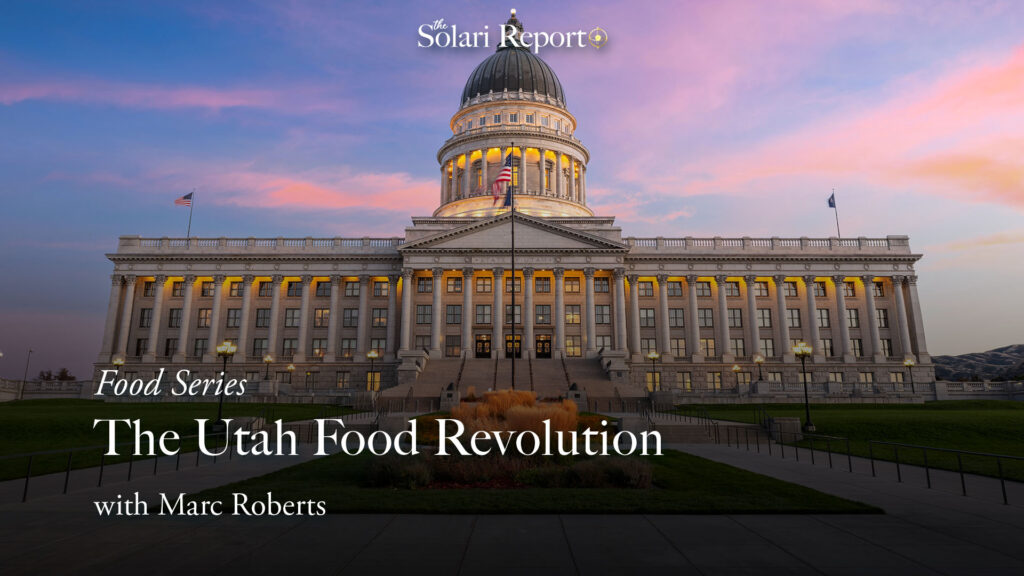
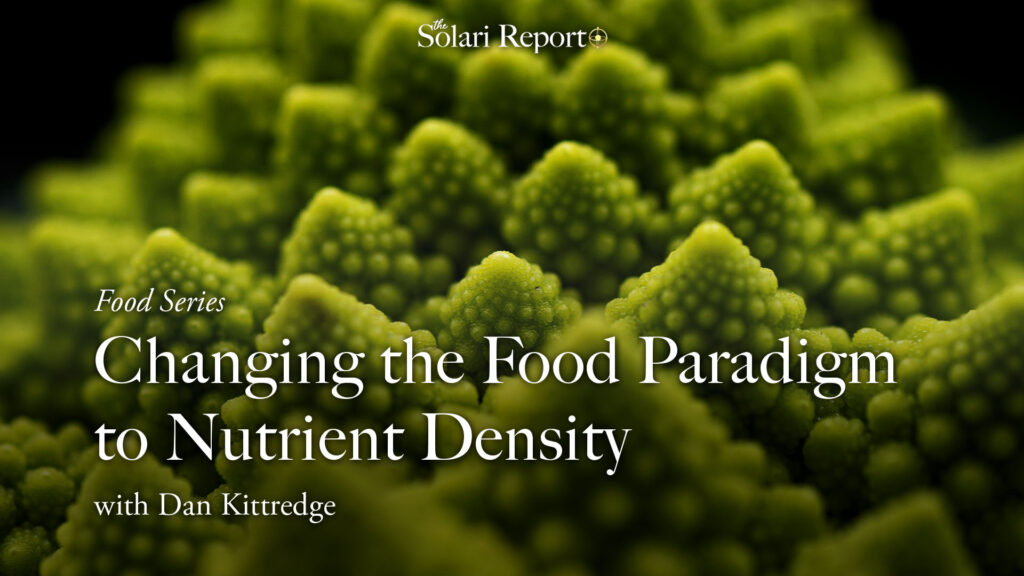
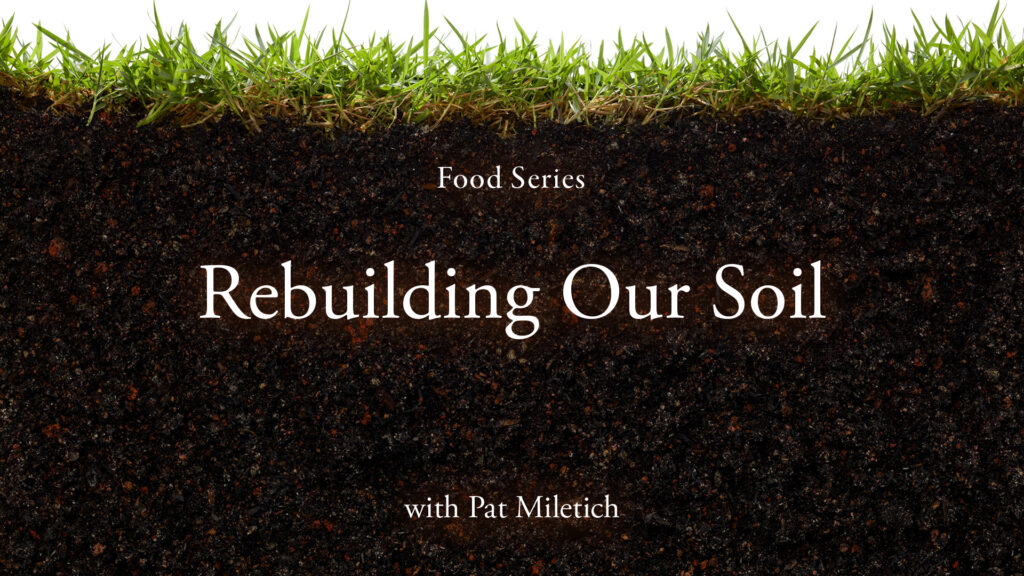



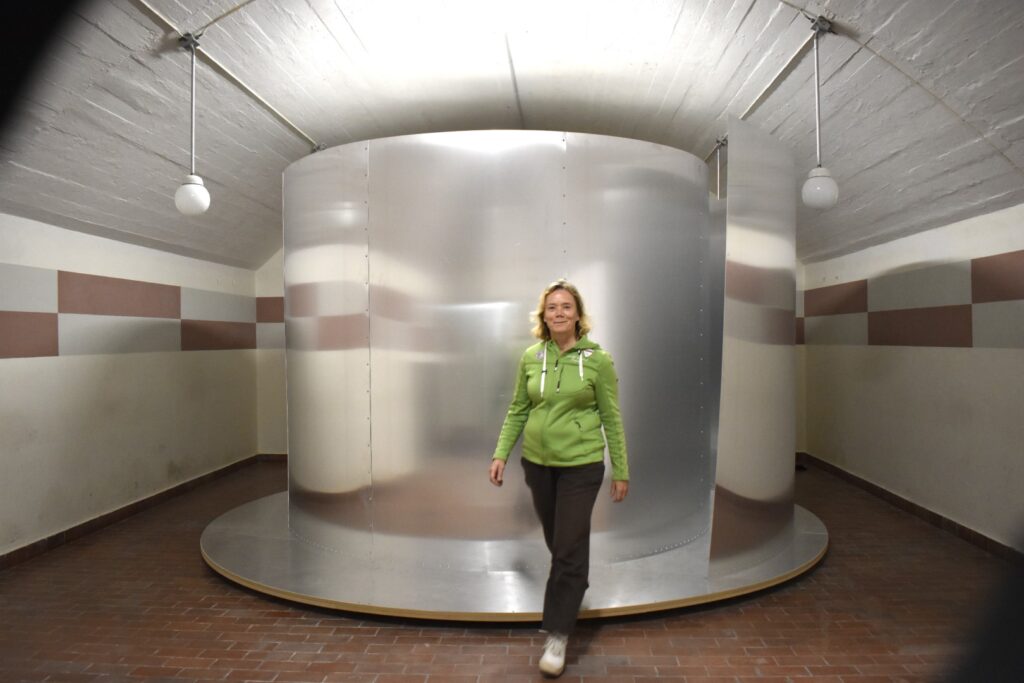
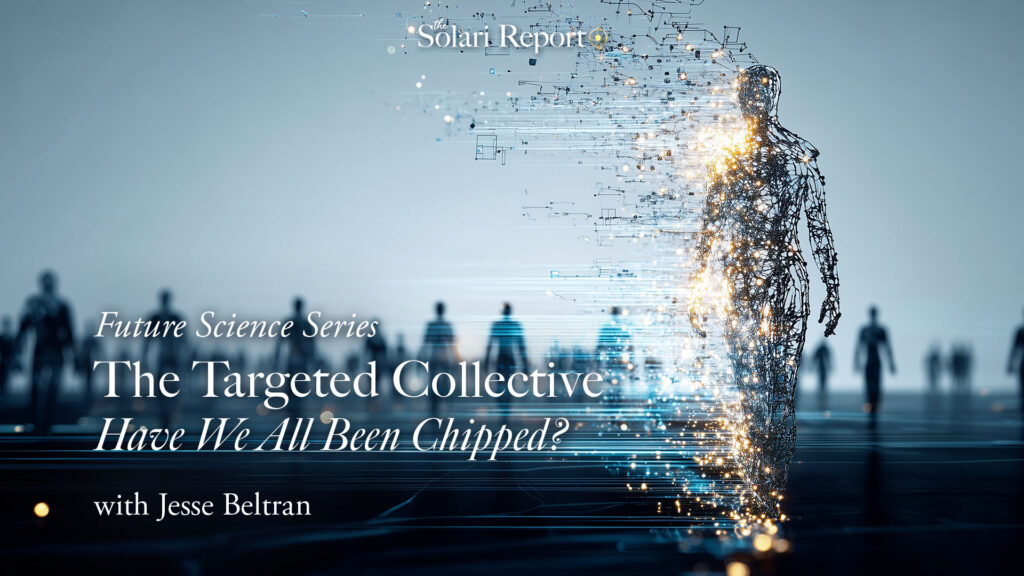

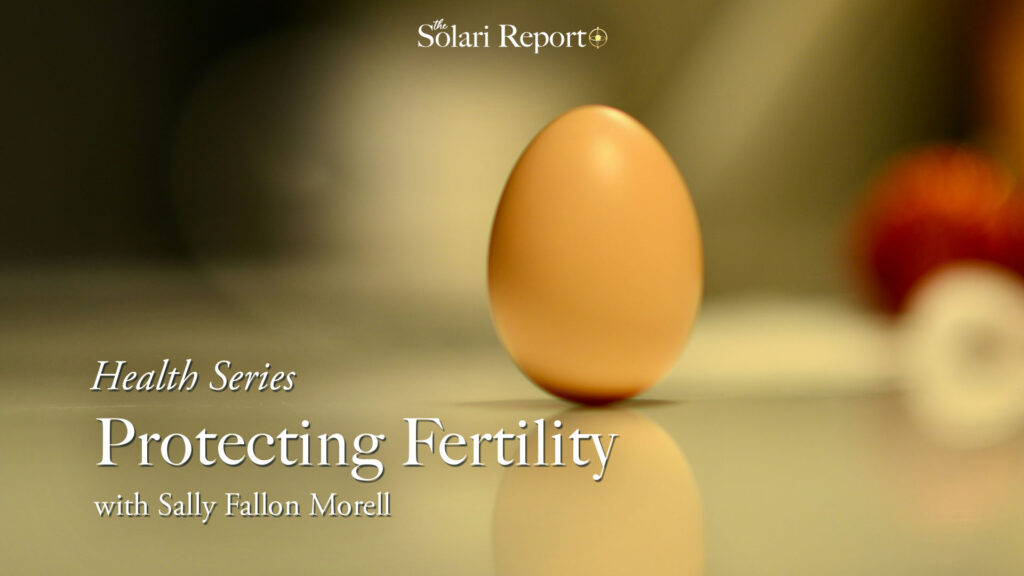
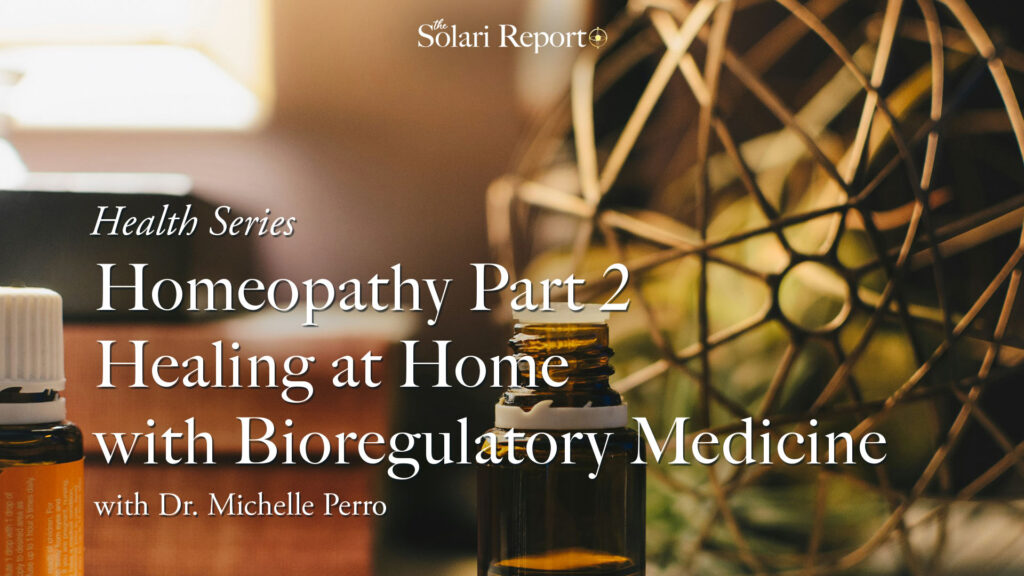
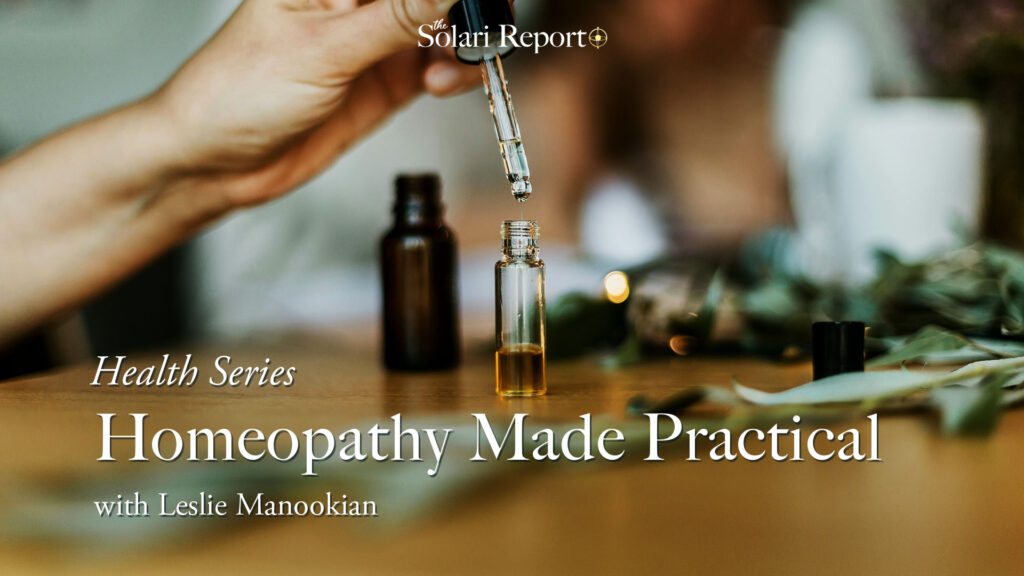

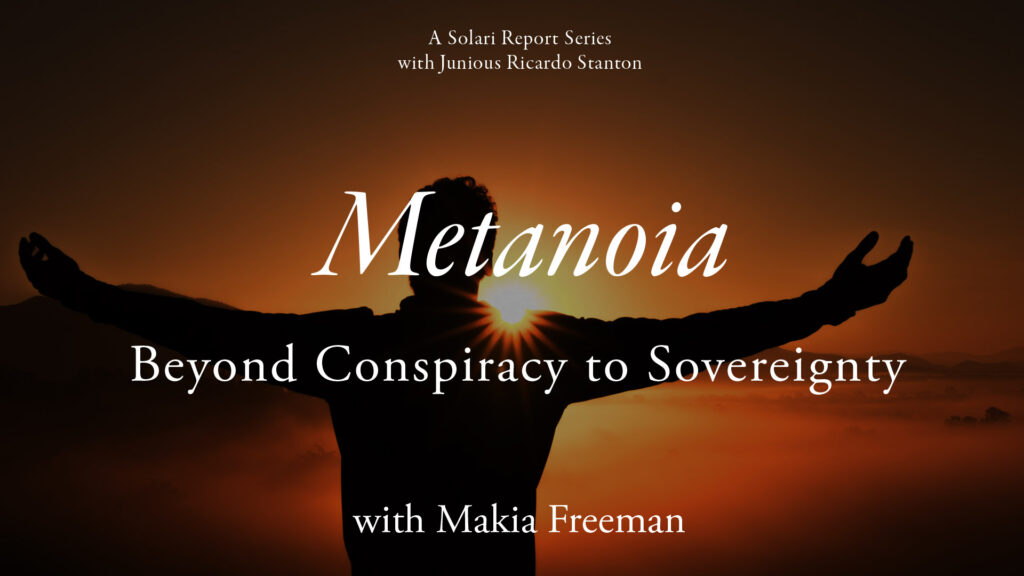
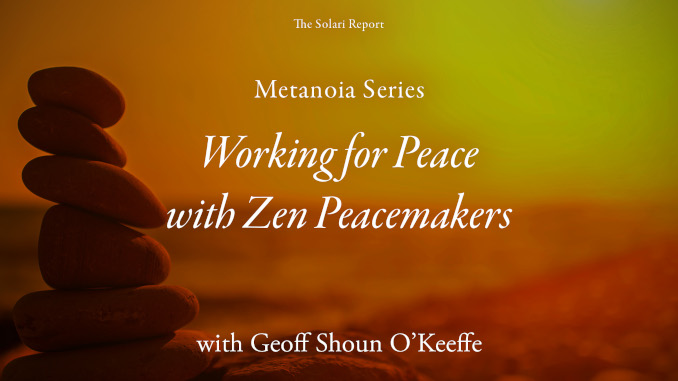
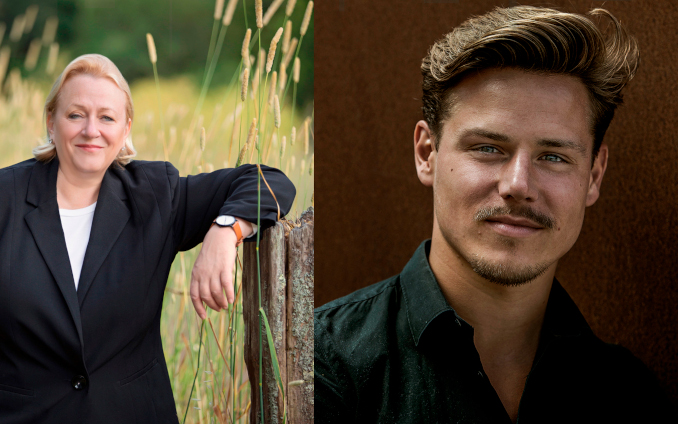
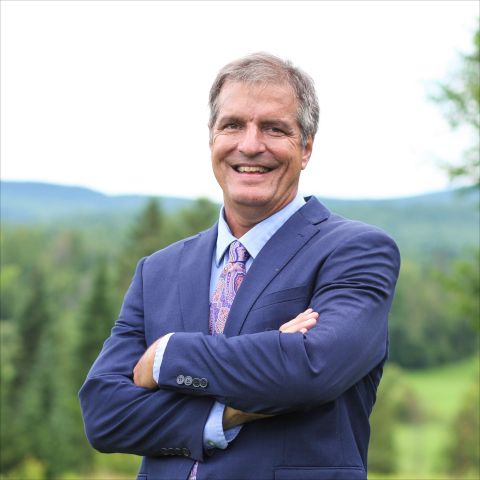


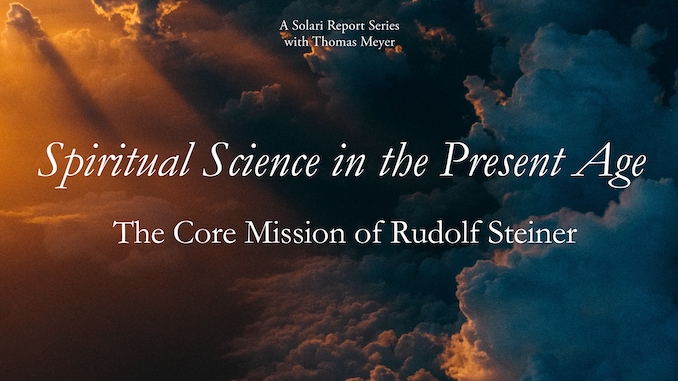
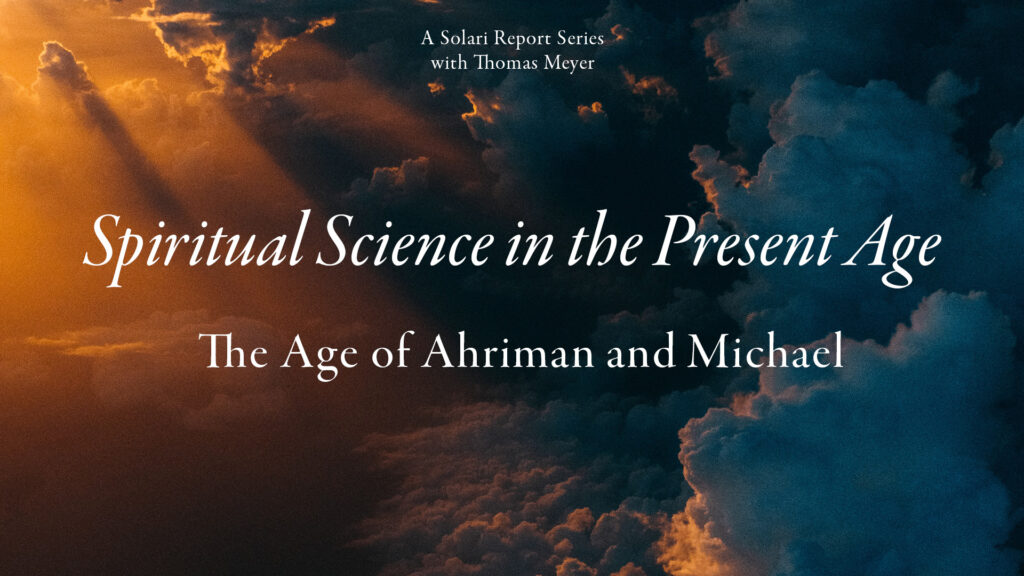

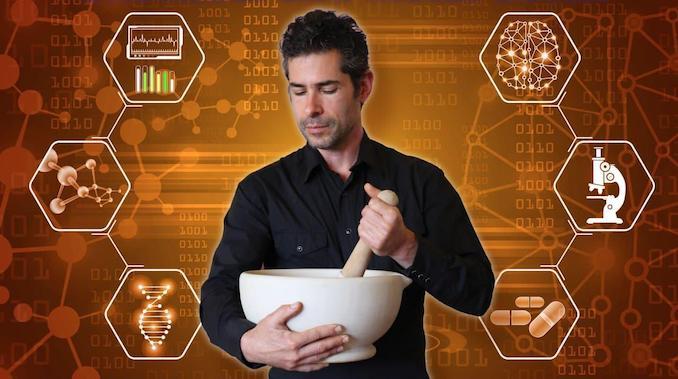
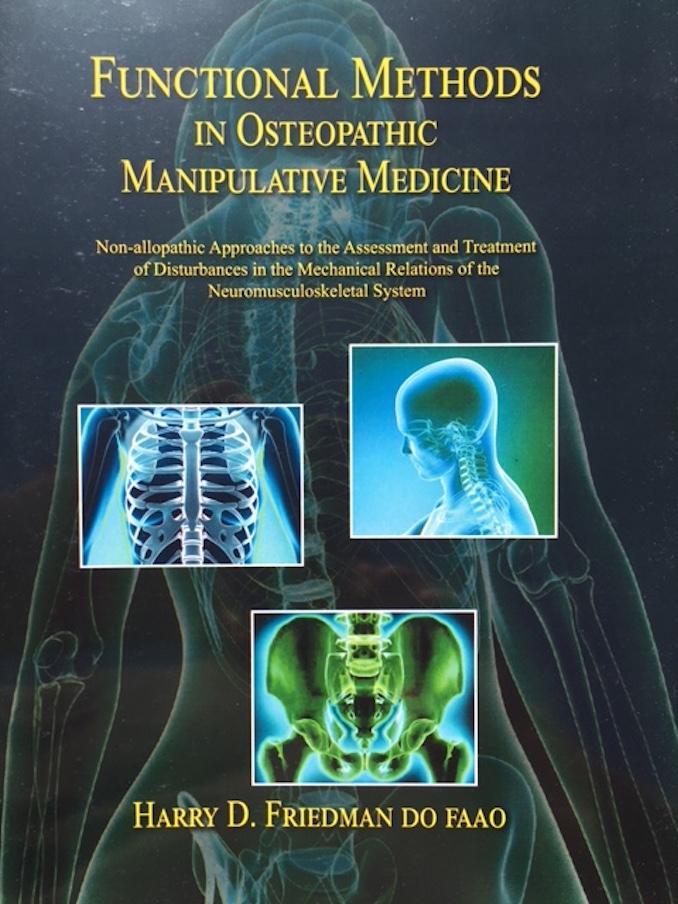






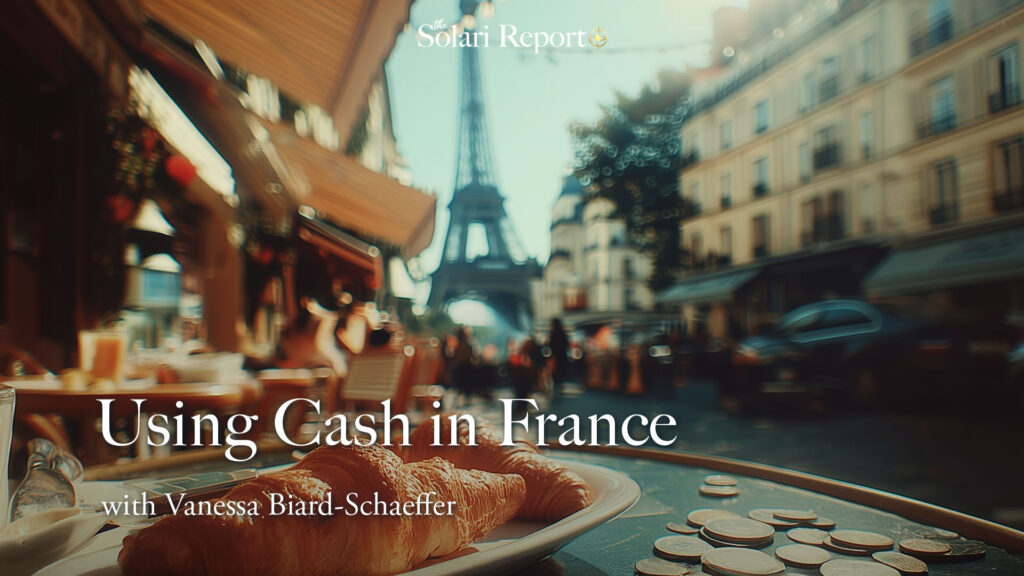
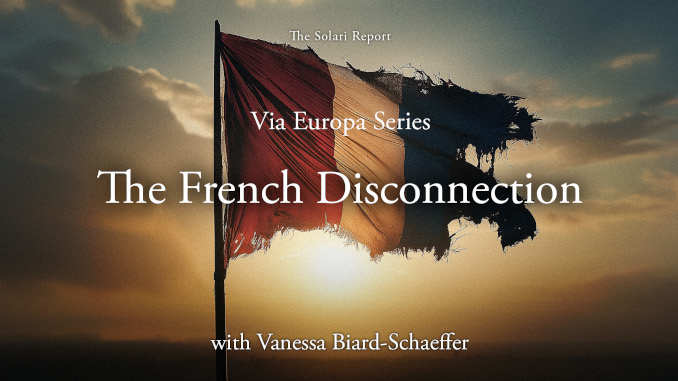
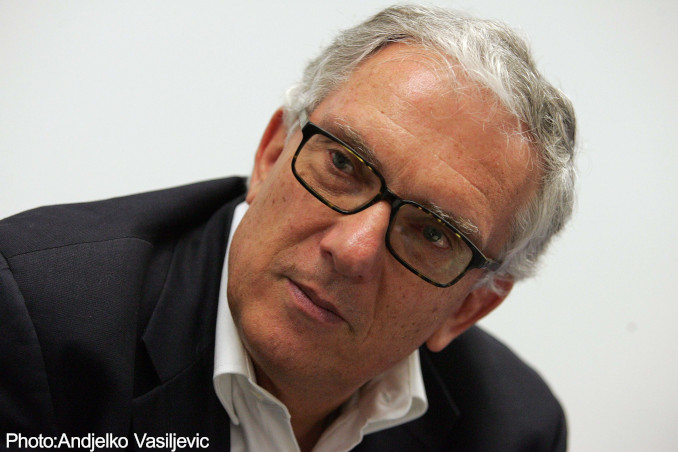

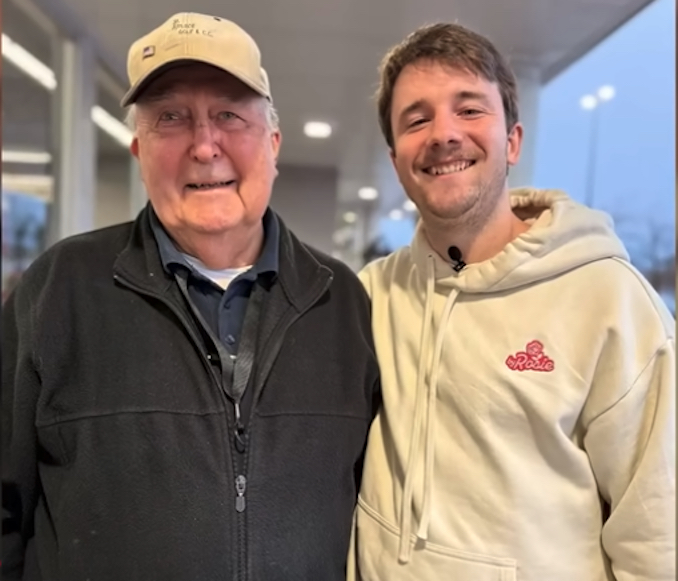
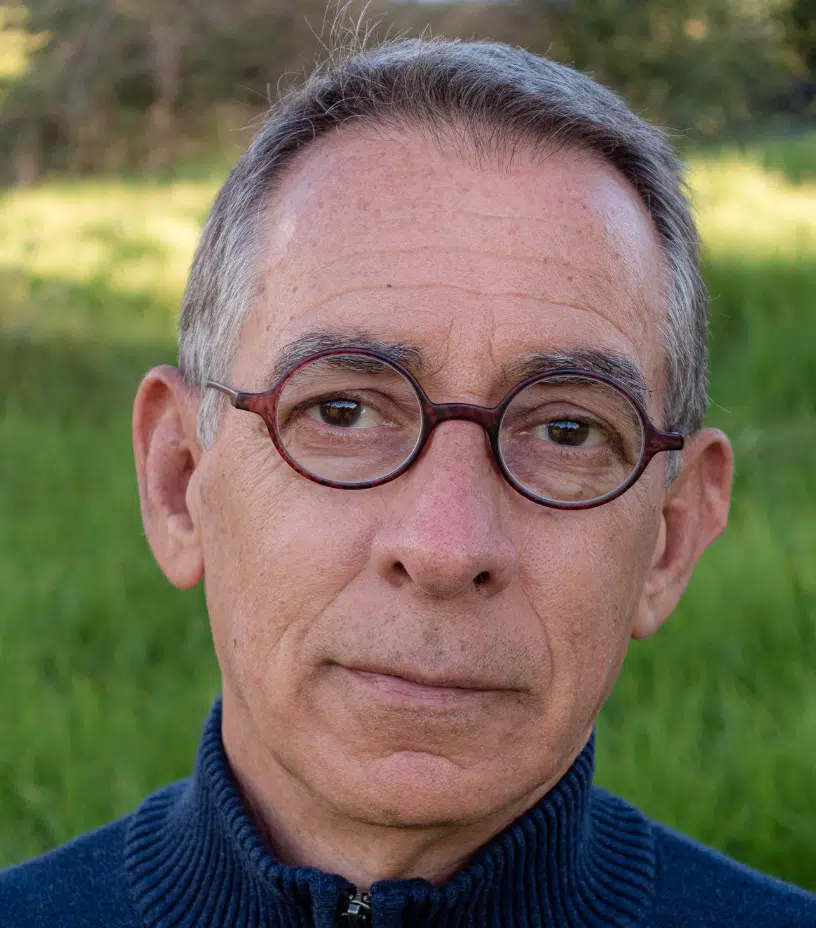
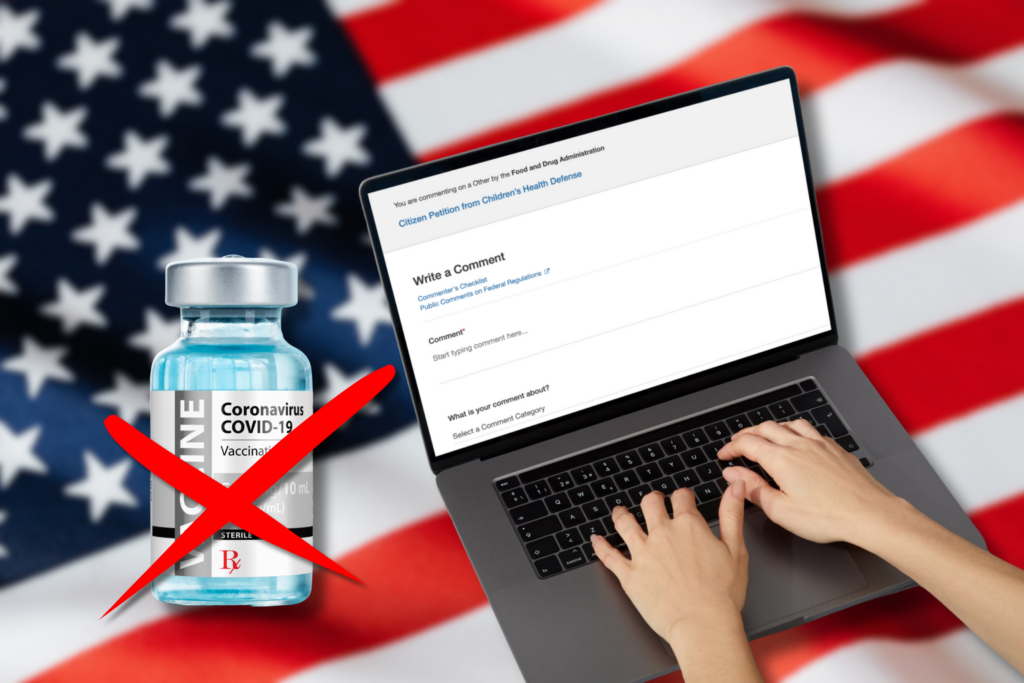



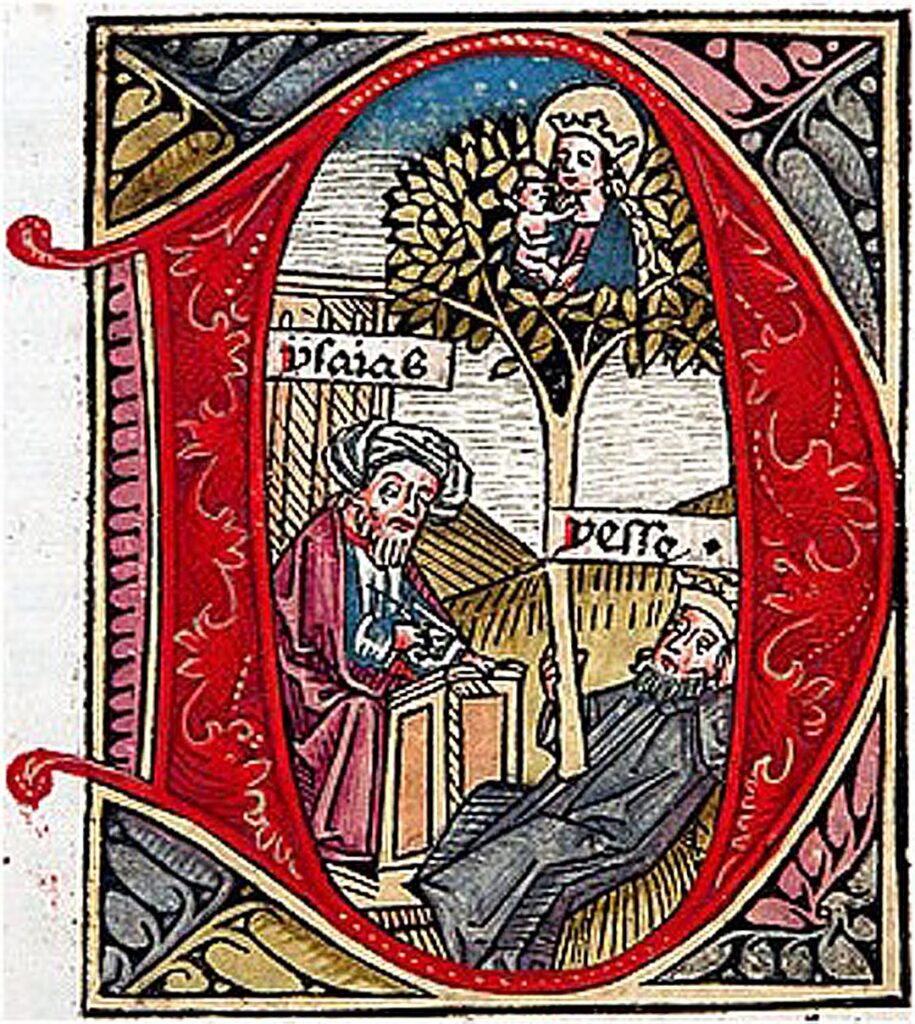

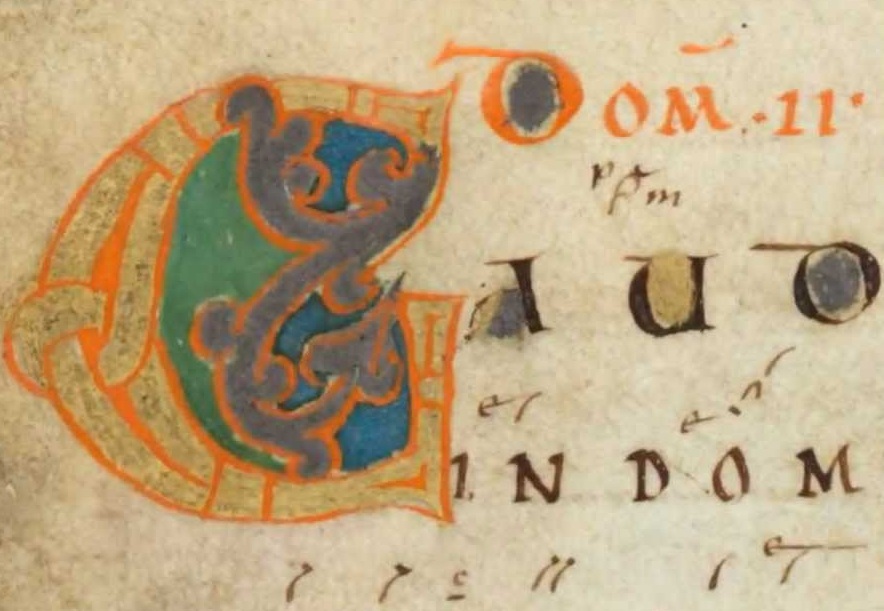
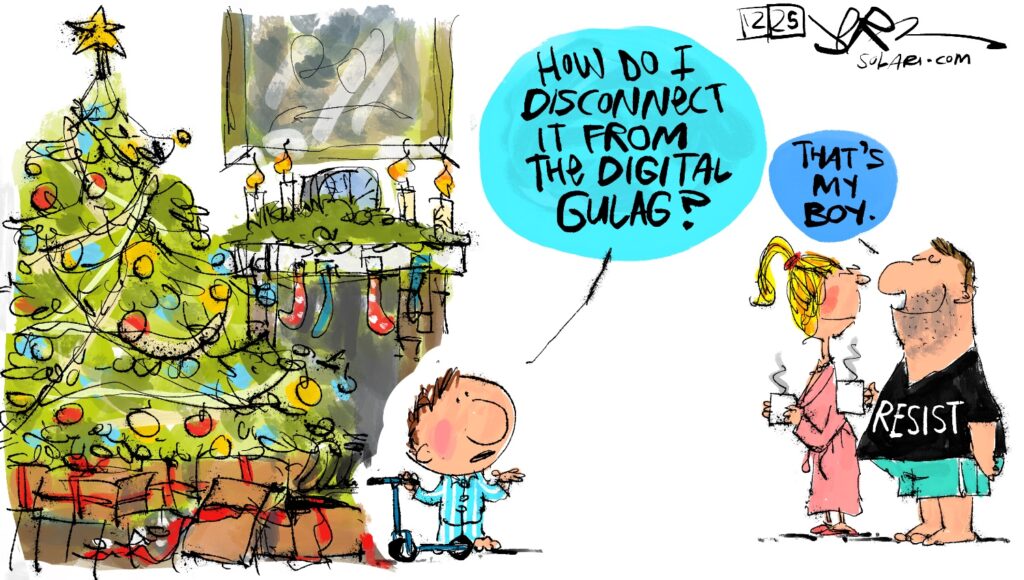
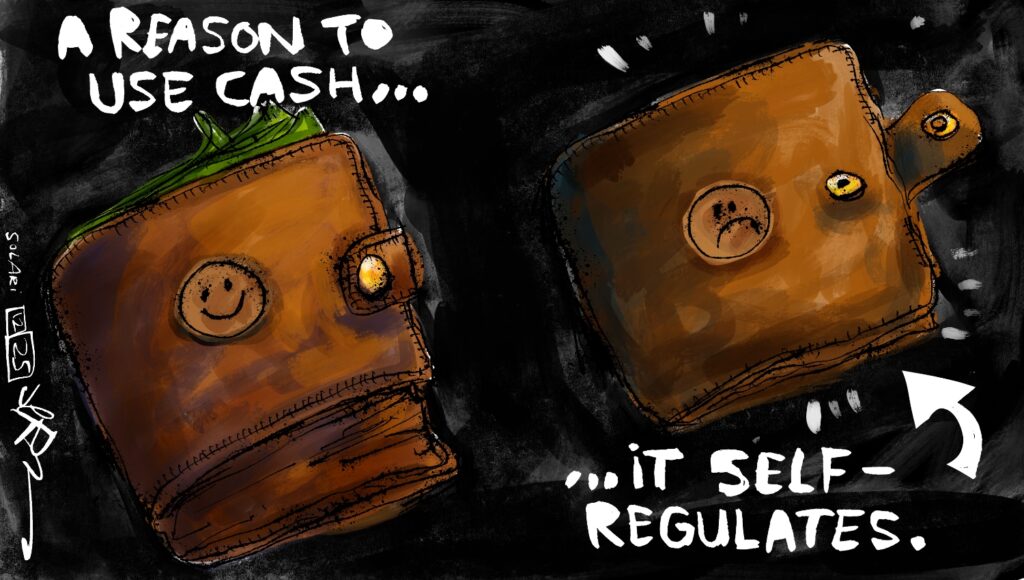
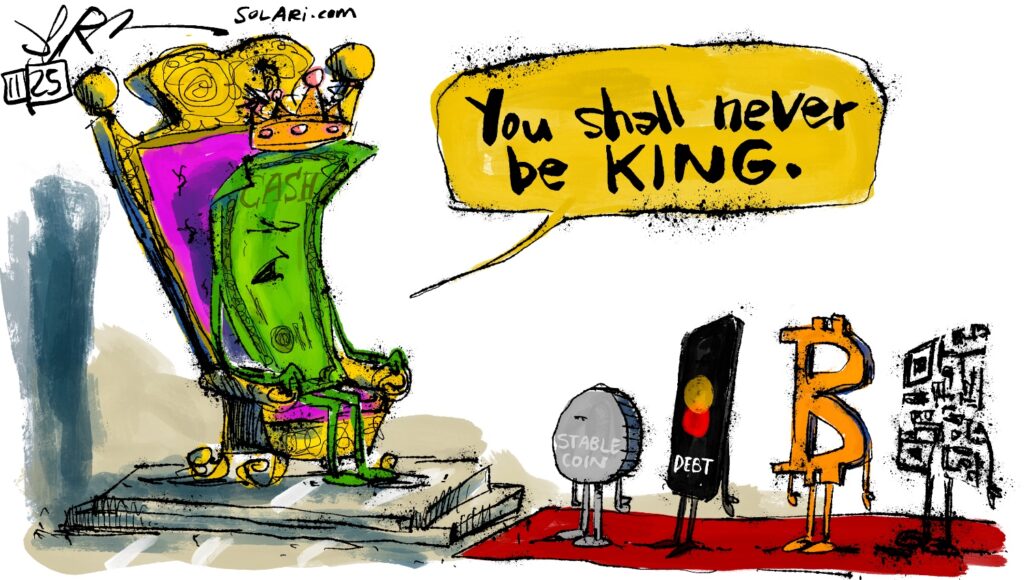
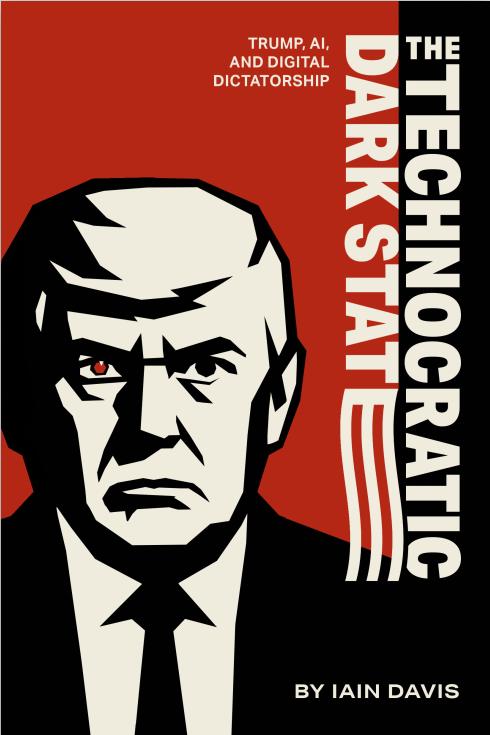
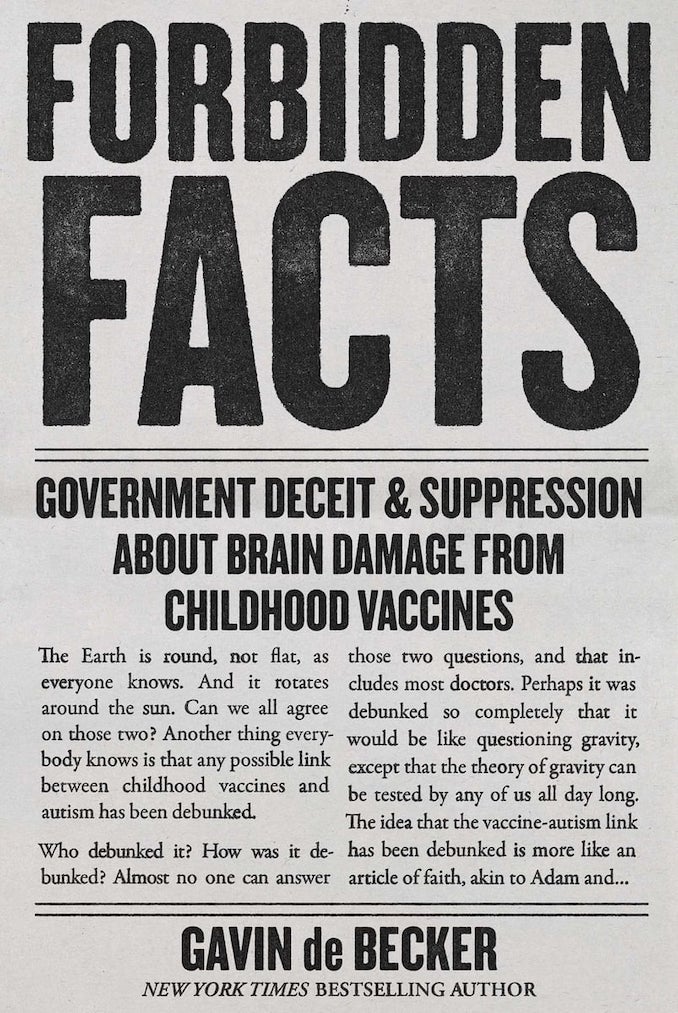
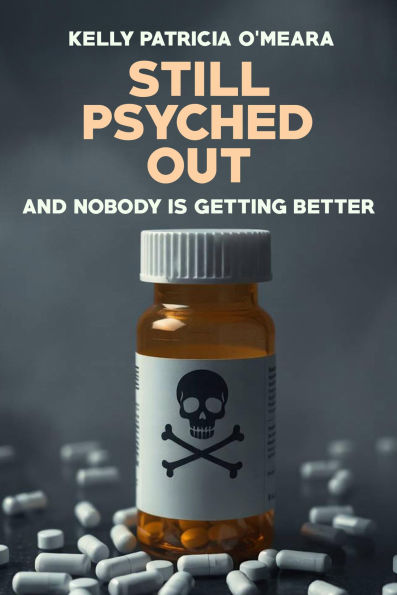
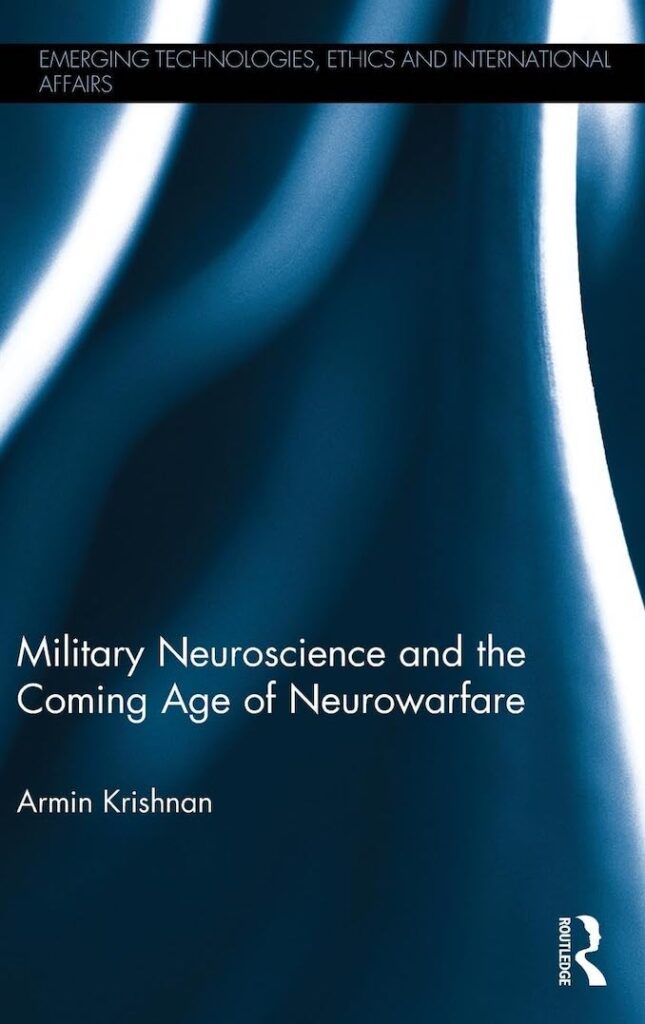
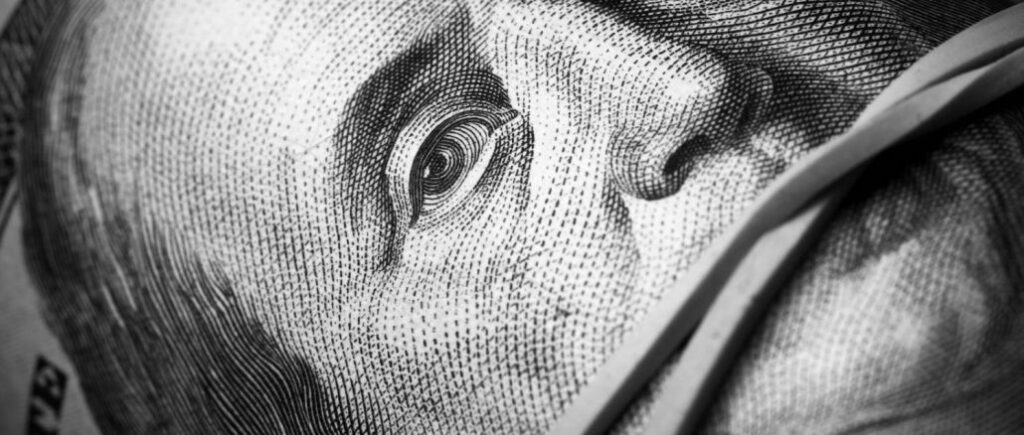
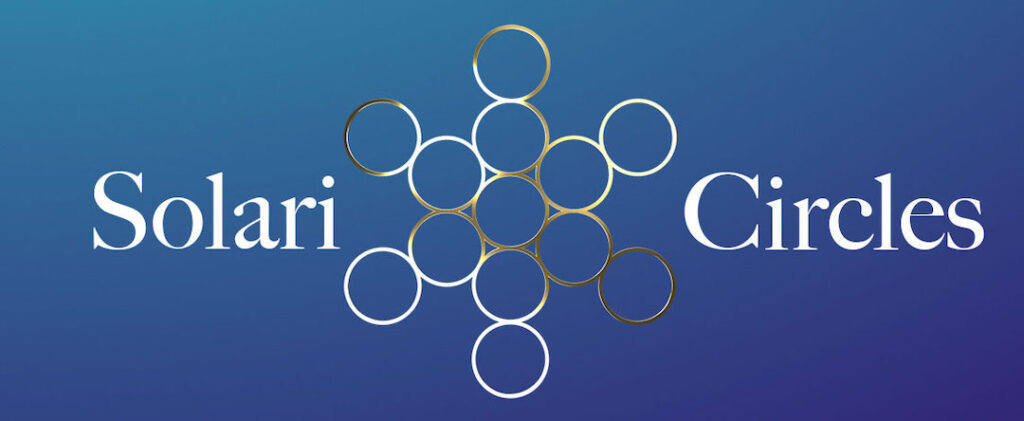
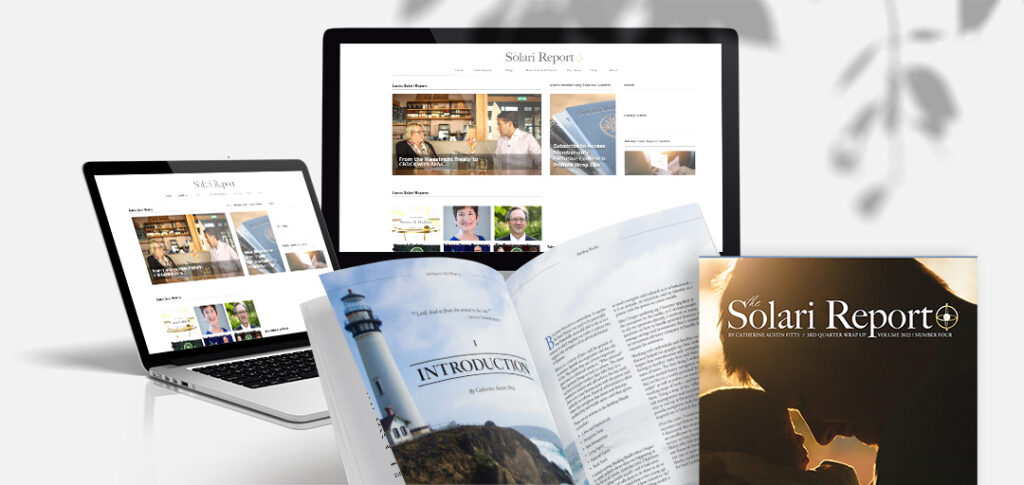


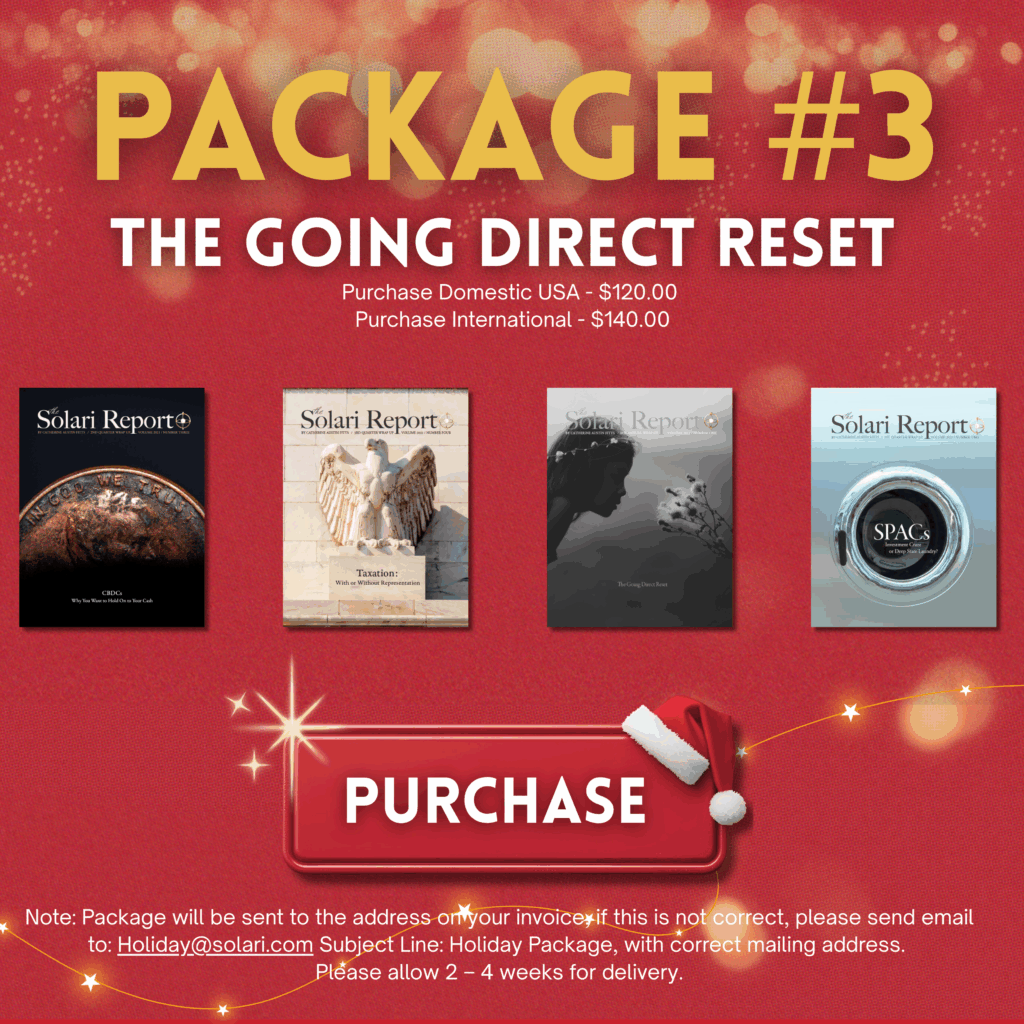
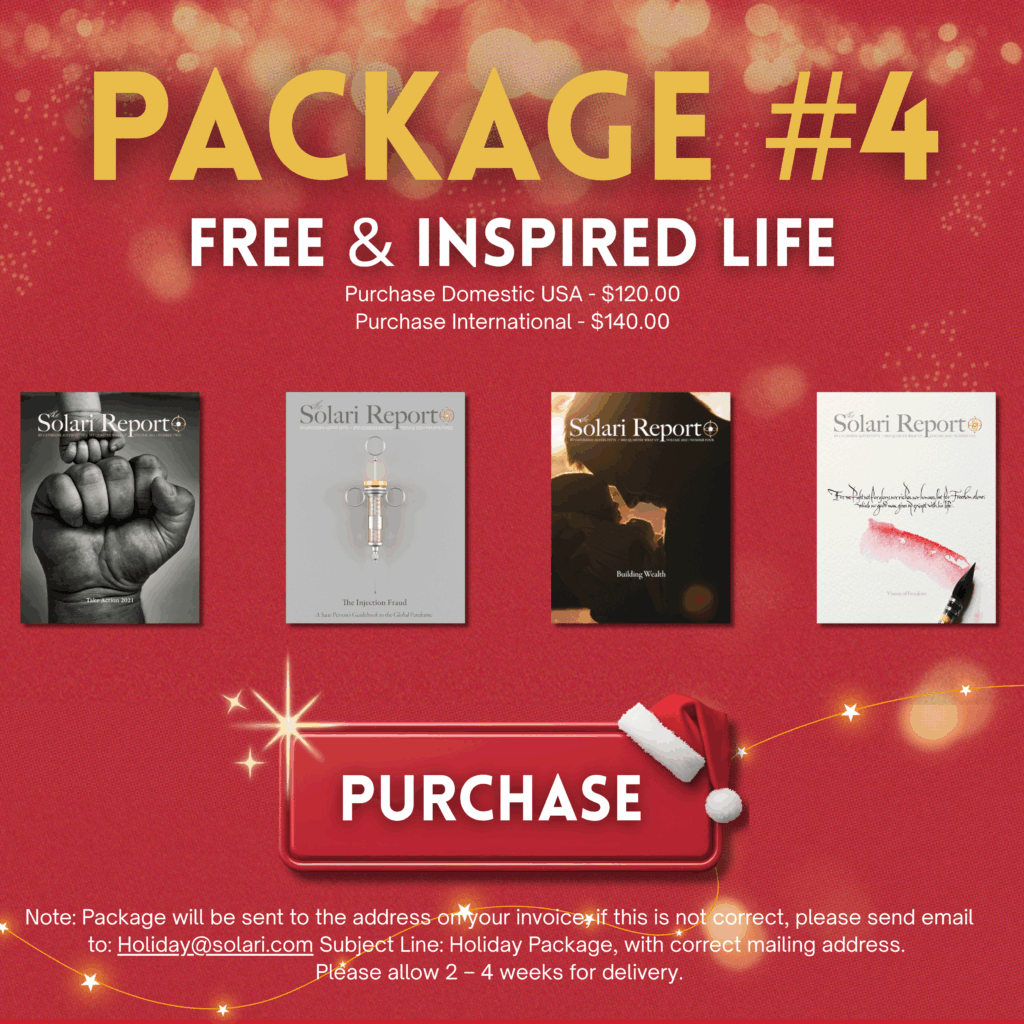
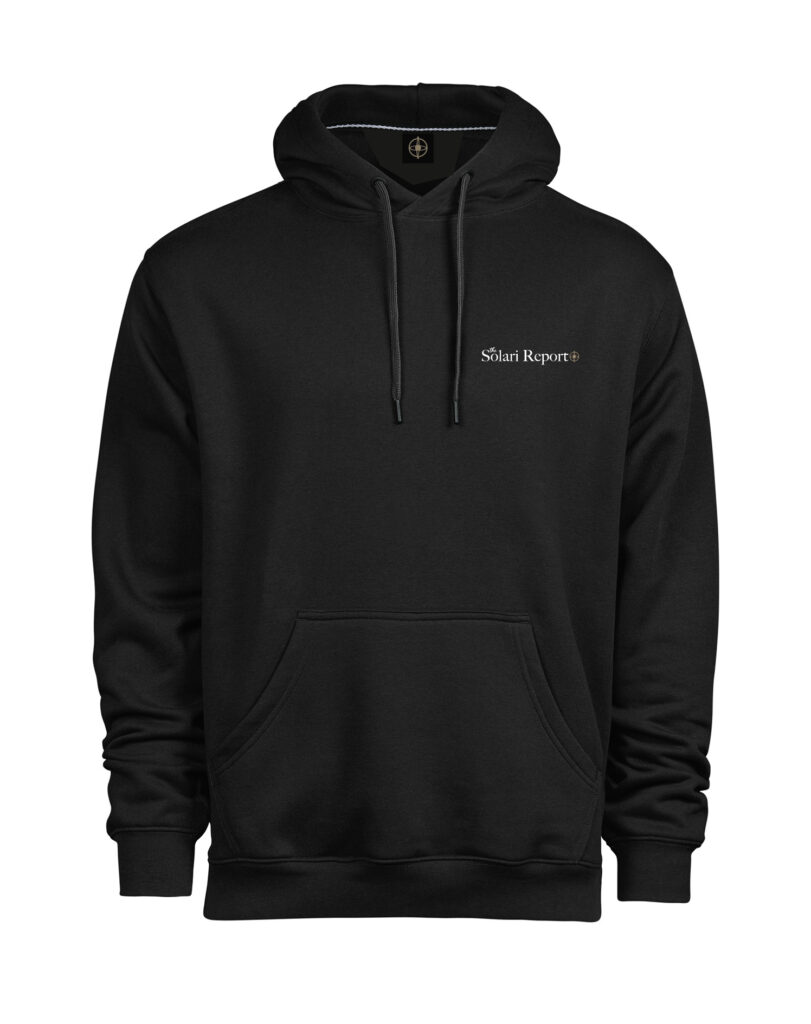
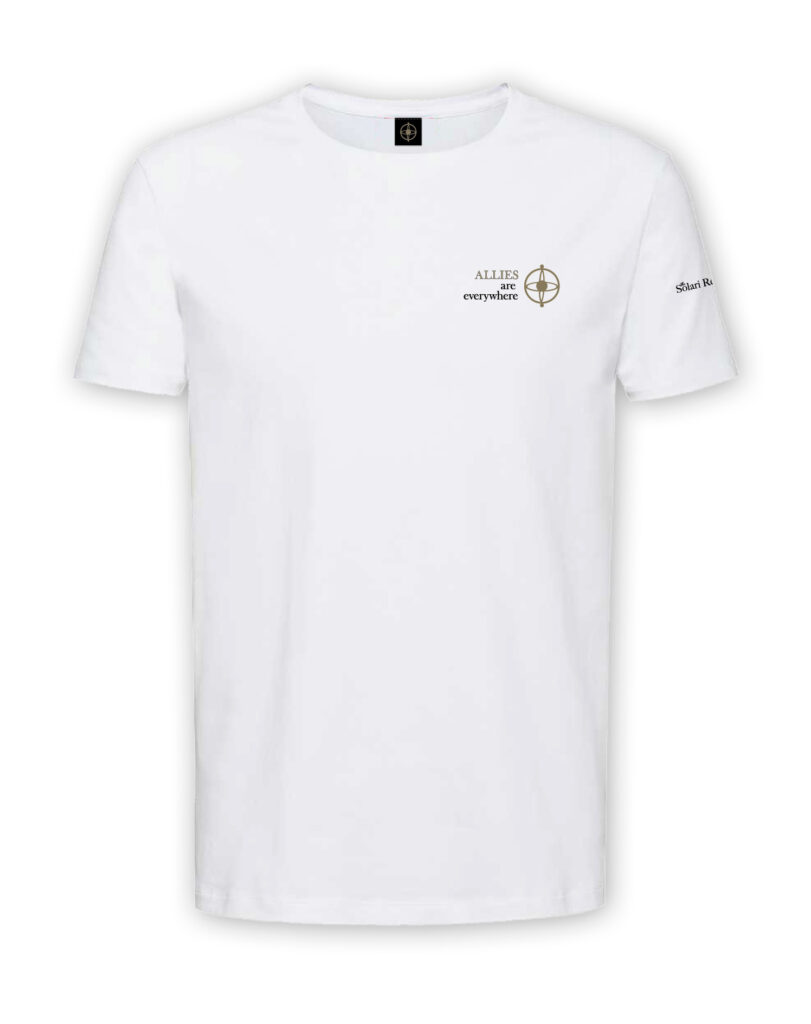
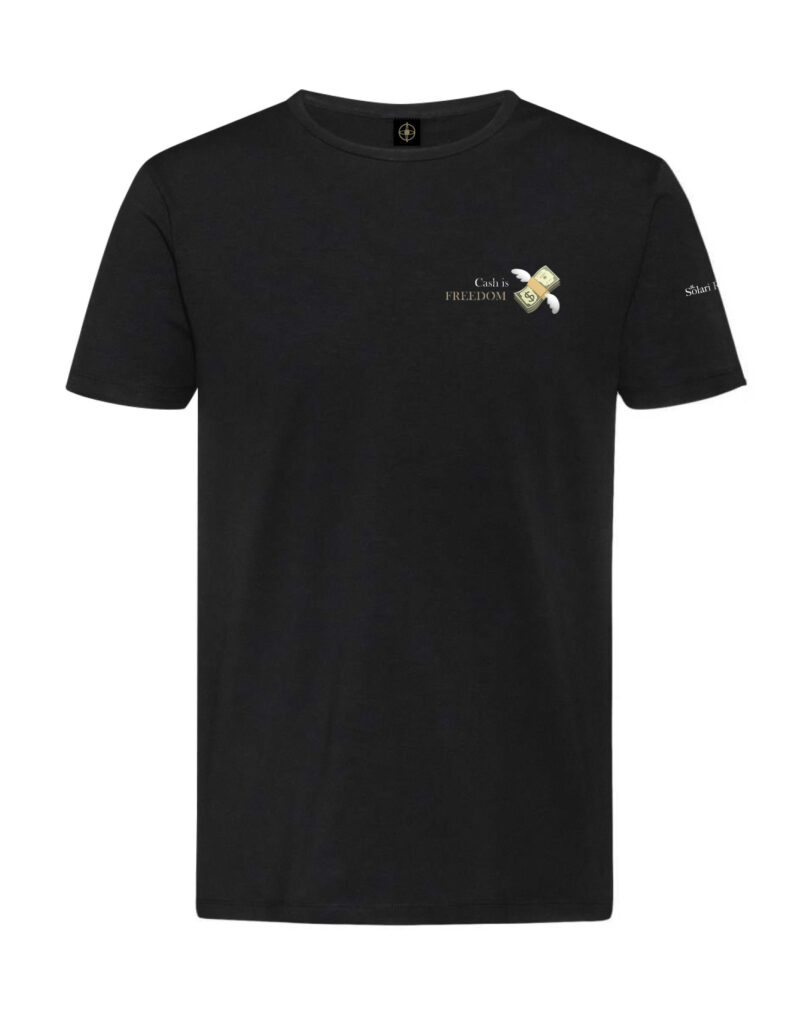
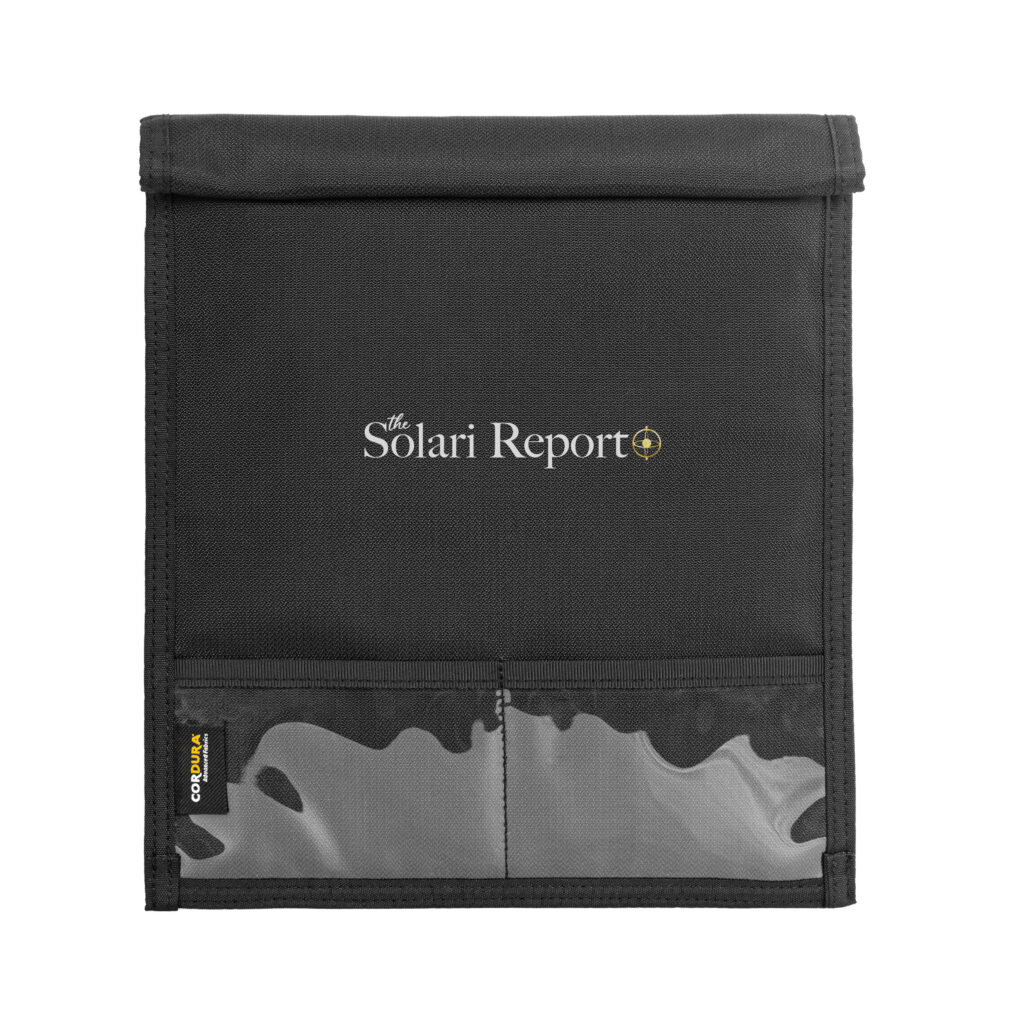
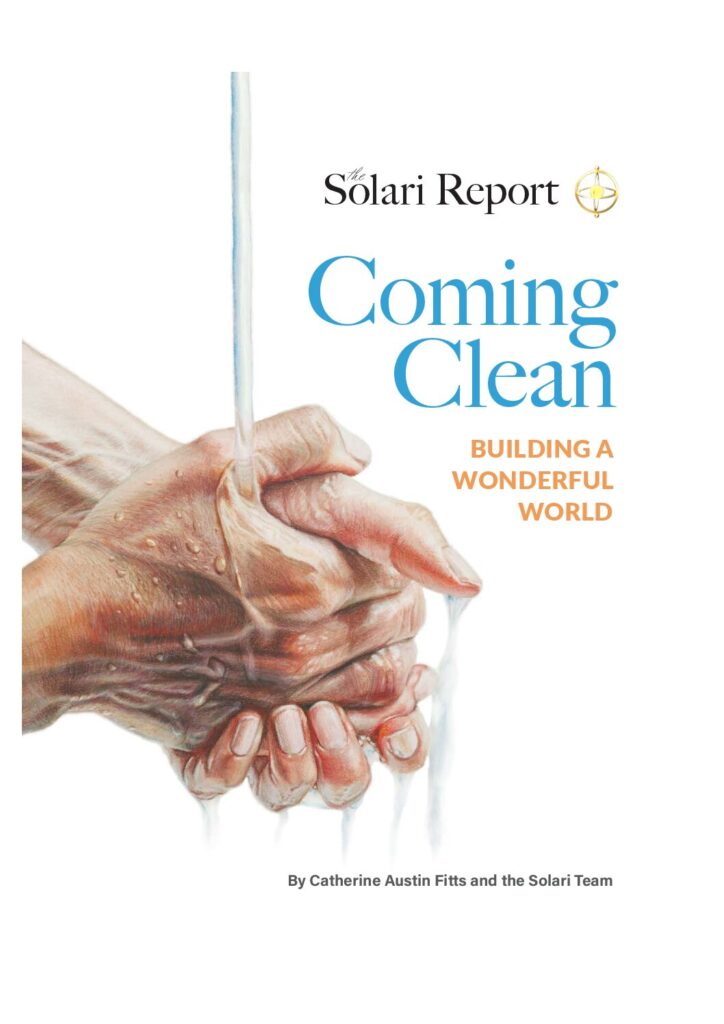
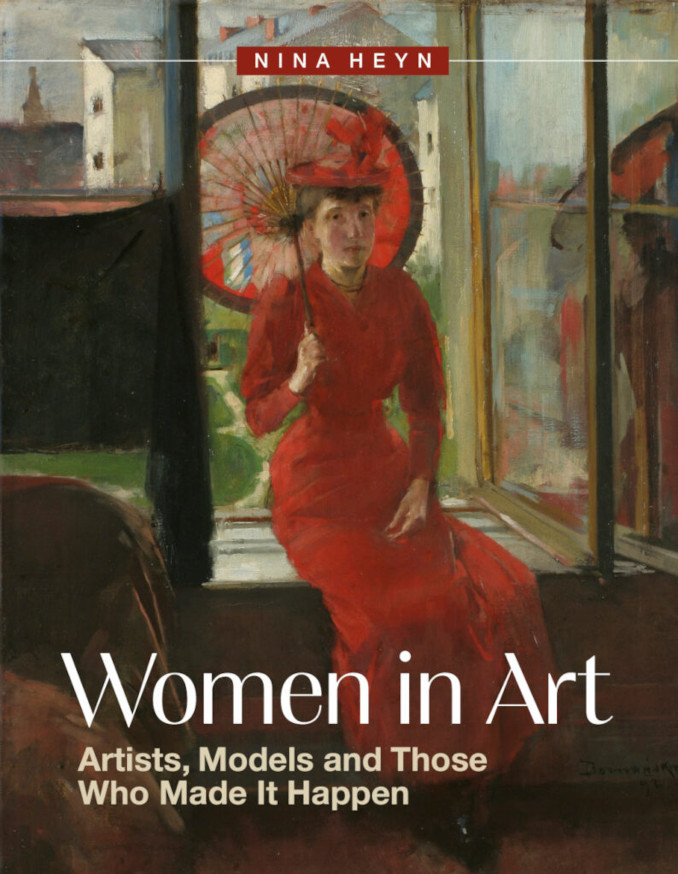
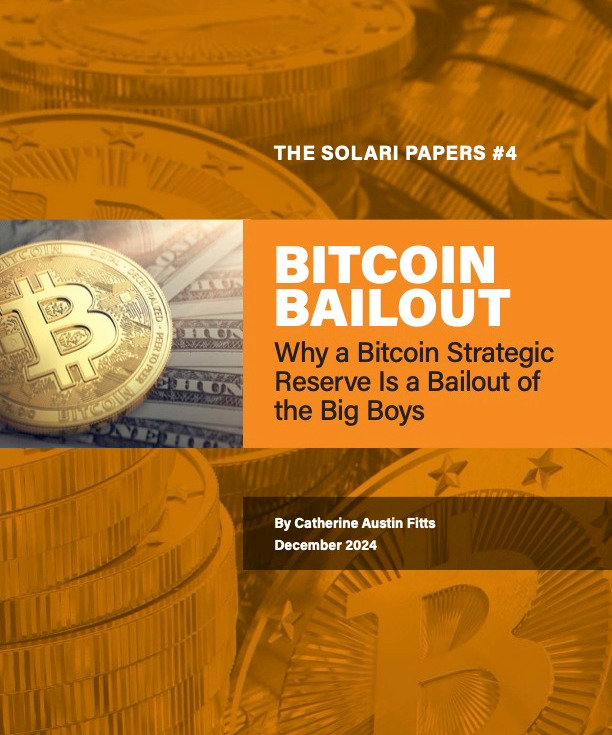
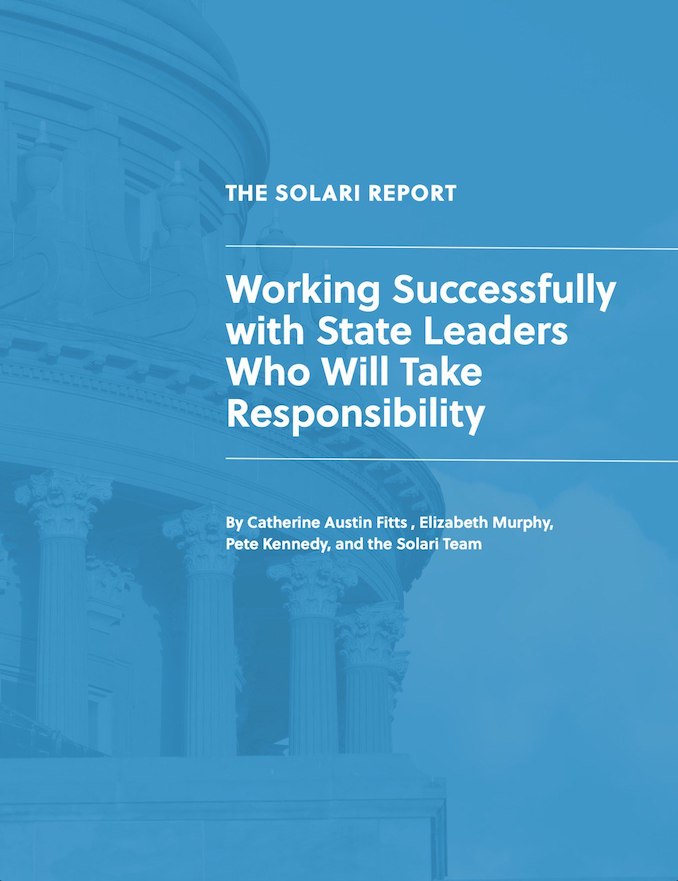

Georg:
Is there a description of your system in English. I would love to learn more.
Catherine
Francois:
I am listening to Michel’s speech linked at his site. What he is describing fits very much with our notion of doing Circles for local and network investment.
Catherine
… I forgot to mention in my previous comment regarding the reliability and resilience of community currencies, adding to John’s comment.
In my opinion the trust we can have on the infrastructure and platform supporting the currencies is probably more important than the trust we can have in the currencies themselves. If the platform is easily broken down or corrupted then who’s going to trust the currencies and tools it supports? It may work in certain communities because of an already existing unity, but if we want to take complementary currencies to the next level we must have a resilient platform. Technologically I can only see this possible with an open source P2P platform.
The question of monetary value is not some idealistic notion that can be subsumed outside of the global context. Catherine is spot on when she observes that the world over, outside of the Western economic intellectualism is a deep seated respect for gold and silver as stores of value. In Chinese the symbol for money and silver are the same, they are reflective. Gold and silver do not decay and are thus stability factors for economic structures which need foundational supports.
The flow of capital is moving eastward now, there is a shift in emphasis such that new economic models will arise that will be shaped and moulded more and more so by eastern thought. Both India and China are traditionally silver based economies, the people of those nations recognize gold and silver as money, period. No amount of idealism built up around community currencies can deny the reality of a global economy that must function equitably for all nations. Honest money – a bi-metallic standard – is the only form of global currency that will work in this respect. A b–metallic standard and a truly open source economy will disallow any gold or silver cornering schemes, the amount of silver and gold in circulation cannot be corralled without a monopolistic state structure that guarantees certain companies advantage over others. Supply can only be controlled by the hand of the state under its subservience to monopoly interests.
Community currencies themselves can function well with regional characteristics, they have a place, but they do not provide an answer for a global economy that must become attached to the earth’s resource base. The flight from the fiat debt based currency model is well underway; tell those who are buying bullion that what they’re buying is not real money.
Reality is not dictated by ideas or idealistic notions, it dictated by real circumstances and current human understanding. All talk of community currencies is way off the mark as pertains an equitable global economic structure.
In regards to the mining question – all forms of exploitation are tragic, they are a reflection of deep human unconsciousness. The exploitation of the soil for example, the loss of soil micro-organisms due to chemical treatment, is standard procedure in modern day agriculture. The shift to biodynamic/organic gardening has taken decades to reach acceptance and will requires many more years until wide adoption. This is the reality and these realities are dictated by need and circumstance which is complex, nothing can be forced, for any type of coerced environmentalism will simply prove another form of tyranny. As systems begin to crumble under the weight of their own absurdity more and more will recognize the benefits of a gentler approach to harvesting the bounty of the earth, whether that bounty be carrots and corn or gold and silver.
We are where we are but we need to go where we’re going. Idealism is just another form of control and obscures the obvious truth that we need to work with what we have in an intelligent manner until the opportunity arises to make something better. The bi-metallic standard is our door out of the limitless growth paradigm, it is recognized globally and has been successfully integrated into the digital economy (see GoldMoney – James Turk).
Leave the fiat system, pull your money out of it’s banking institutions, why give them the very ammunition that they use against you, its totally unacceptable that we give our faith to toilet paper schemes that are not only unbalanced but criminal.
If I have my cultural anthropology correct, cultures that are not warlike and have been around for at least a millennia do not store wealth as we do. Typically, the wealthiest person or family is that which can give away the most. (What is given away may vary, but the underlying idea is that wealth is largely determined by contributing to the common good.)
Catherine, I wonder if you are familiar with the work of Stephen Zarlenga (American Monetary Institute; The Lost Science of Money), and what you think of it. For those who are not (and I am myself a new reader) I will only mention that he has spent a lifetime in business and finance, and several years as a professional gold trader. Disturbed by inequities and corruption, he has been researching, in great depth, the history of money from ancient times, to present. He believes that money can only be understood within the context of actual experience — what actually occurs at different times under different conditions. But this requires a careful and broad look, so as not be misled by misconception, error, and fraud.
This is a new field for me; I will not claim expertise, nor that I can correctly reflect his ideas.
I would recall just two pertinent suggestions from his work. One, he claims that there have in fact never been instances where commodity money actually worked – with the caveat of a few historical moments where mining worked with other circumstances. Second, he claims that most all commodity monies have in fact been “fiat” or “law-based” monies.
He believes that money is not related to “commodity” in its function in society. Money needs to be created in law. And it needs to be based in government. The key of course is transparency and accountability.
I have the feeling that many who seek gold and silver monies are doing so to protect their individual holdings, from the current conditions and system. I understand that. To do so, in the present, out of fear of those conditions.
The question is, what does it in fact do for communities; is it the case that it can serve in the long run.
Mr. Zarlenga, after reviewing hundreds of case histories, with an eye for what actually arises under specific circumstances, says clearly, “No!@”, and backs it up with reason.
Christian Sweningsen
Catherine
what are the mechanisms to transport precious metals across state lines that are in my personal possession
charles j schechter@gmail.com